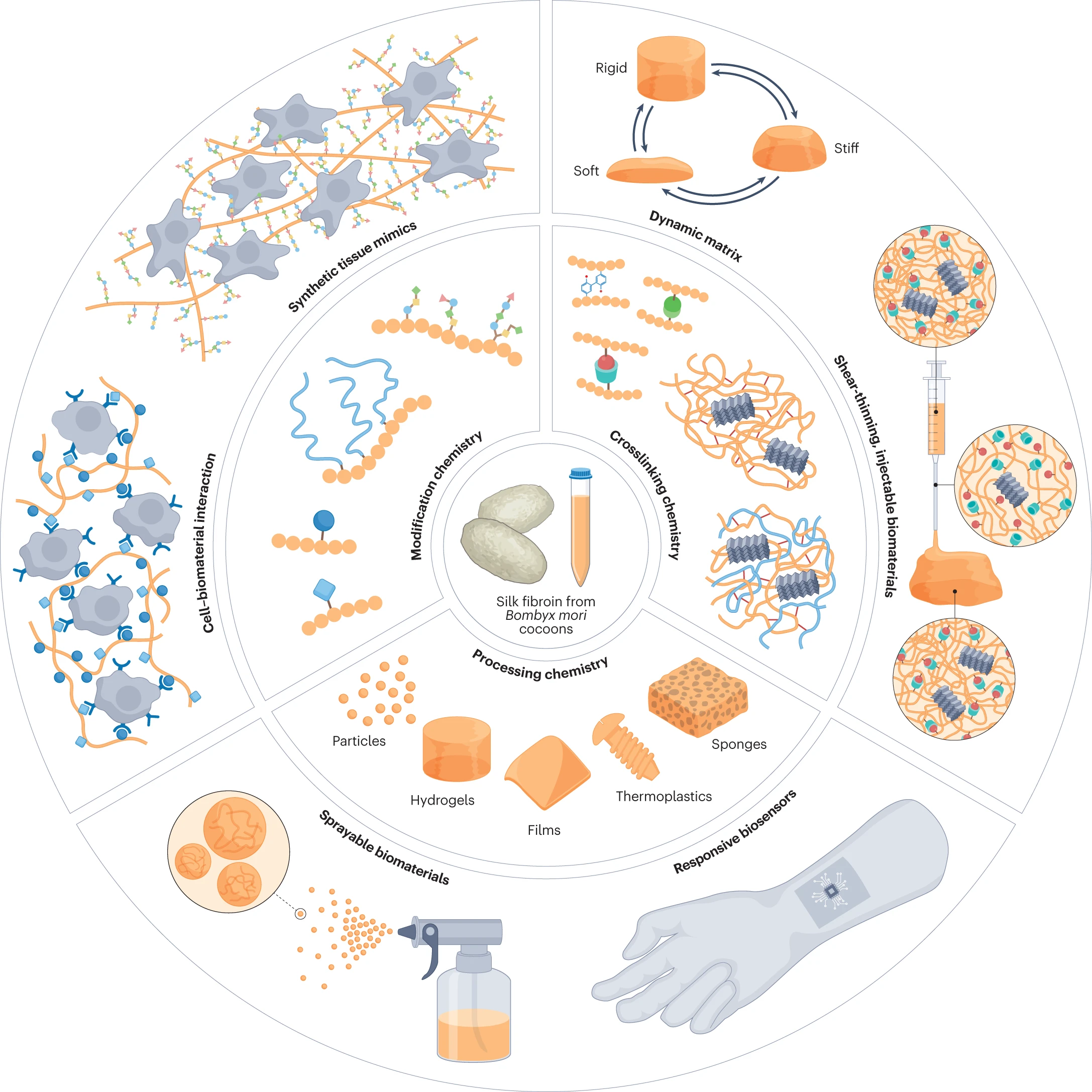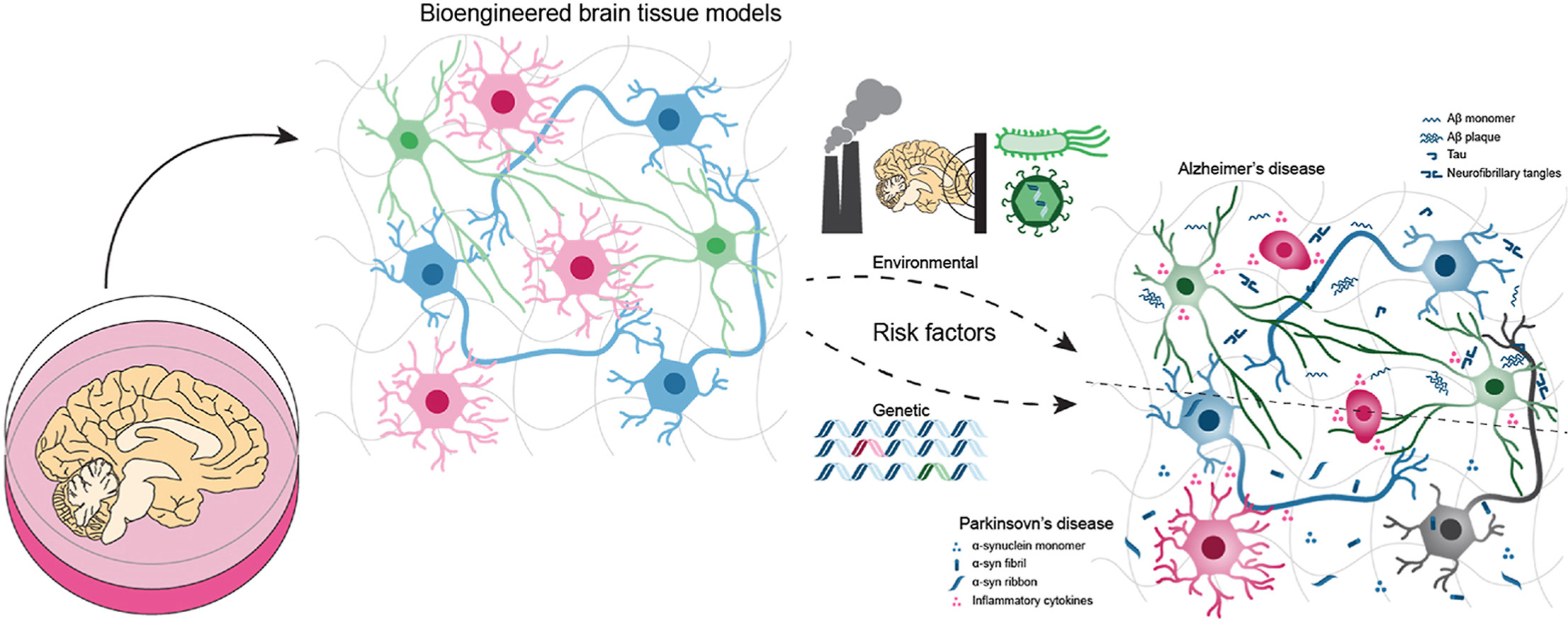Biopolymer Engineering
Biopolymer Engineering
The group has a longstanding interest in the study of biopolymers (structural proteins, polysaccharides), particularly the use of biological approaches to the synthesis and modification of these material systems. Genetic engineering and metabolic engineering strategies are employed to control chemistry and thus function, along with selective chemical modifications. Materials science and engineering approaches are utilized to explore structure-function relationships from processing. Questions of self-assembly, biological interfaces and degradation are studied, along with utility in cell and tissue systems. With a particular focus on silk, we have explored the fabrication and applications of a wide-range of biomaterials including silk nanoparticles, films and coatings, hydrogels, scaffolds, and thermoplastics. Our efforts have led to the development of silk nanoparticle-based drug delivery systems, mechanically dynamic hydrogel systems for fibrosis modeling, hydrophobic silk with anti-fouling properties, antibiotic-free silk-based antimicrobial therapies, and silk thermoplastic-based biomedical devices, among others. Additional polymers of interest include: collagens, resilin, elastins, bacterial cellulose.
Featured Publications

Impact of Silk-Ionomer Encapsulation on Immune Cell Mechanical Properties and Viability
ACS Biomater. Sci. Eng. (2024)

Reusable Silk-Based Mesoporous Membranes for Recovery of Rare-Earth Elements
ACS EST Engg. (2024)

Heterogeneous and Cooperative Rupture of Histidine–Ni2+ Metal-Coordination Bonds on Rationally Designed Protein Templates
ACS Biomater. Sci. Eng. (2024)
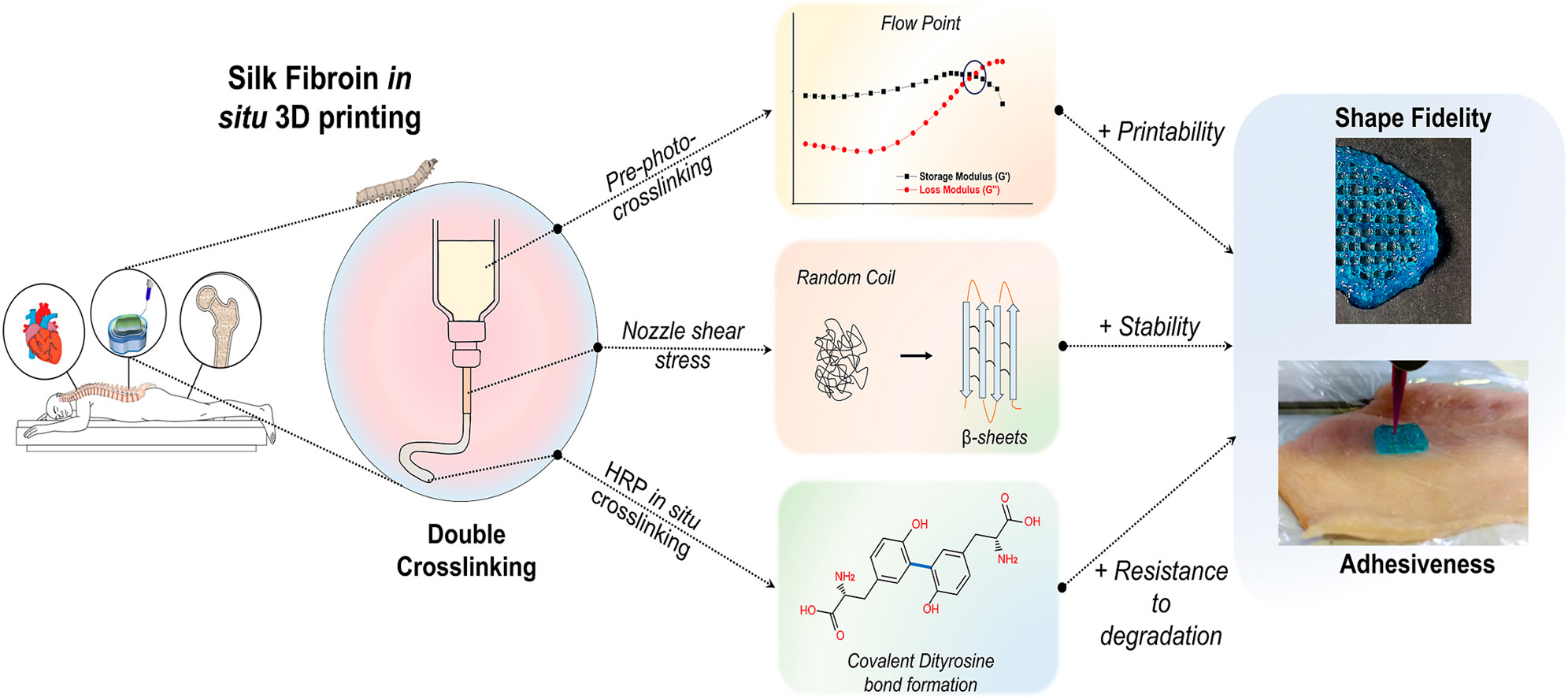
Silk fibroin-based inks for in situ 3D printing using a double cross-linking process
Bioactive Materials (2024)

Tuning the Biodegradation Rate of Silk Materials via Embedded Enzymes
ACS Biomater. Sci. Eng. (2024)
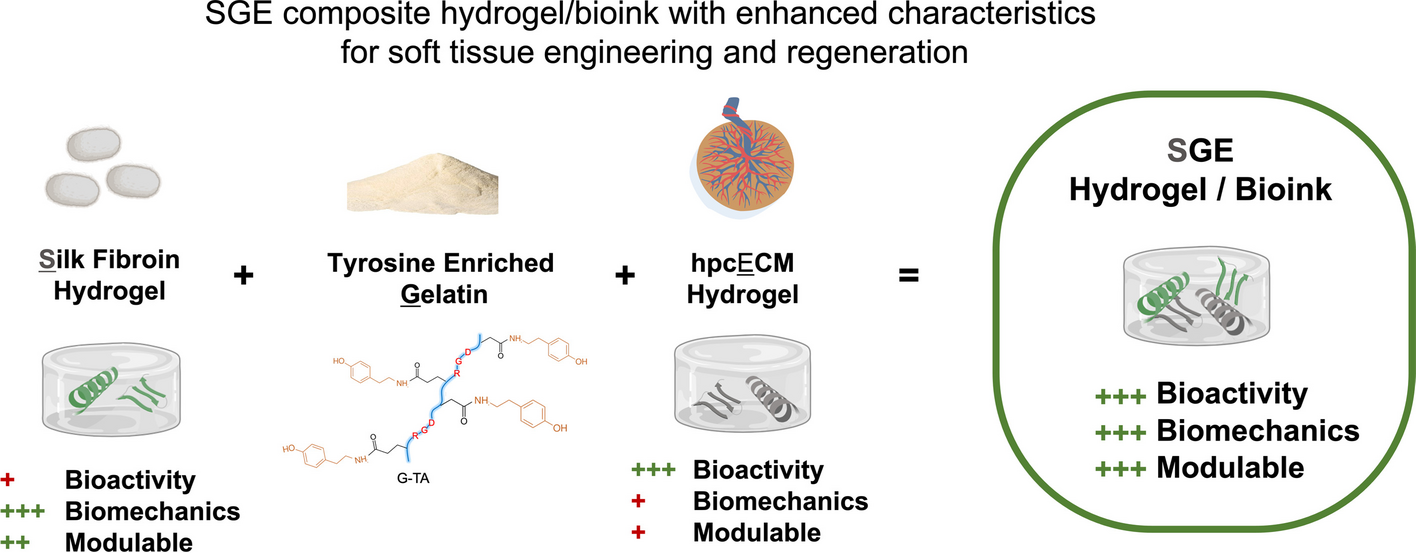
Silk fibroin, gelatin, and human placenta extracellular matrix-based composite hydrogels for 3D bioprinting and soft tissue engineering
Biomater Res, (2023)

Silk Nanoparticle Synthesis: Tuning Size, Dispersity, and Surface Chemistry for Drug Delivery
ACS Appl. Nano Mater, (2023)
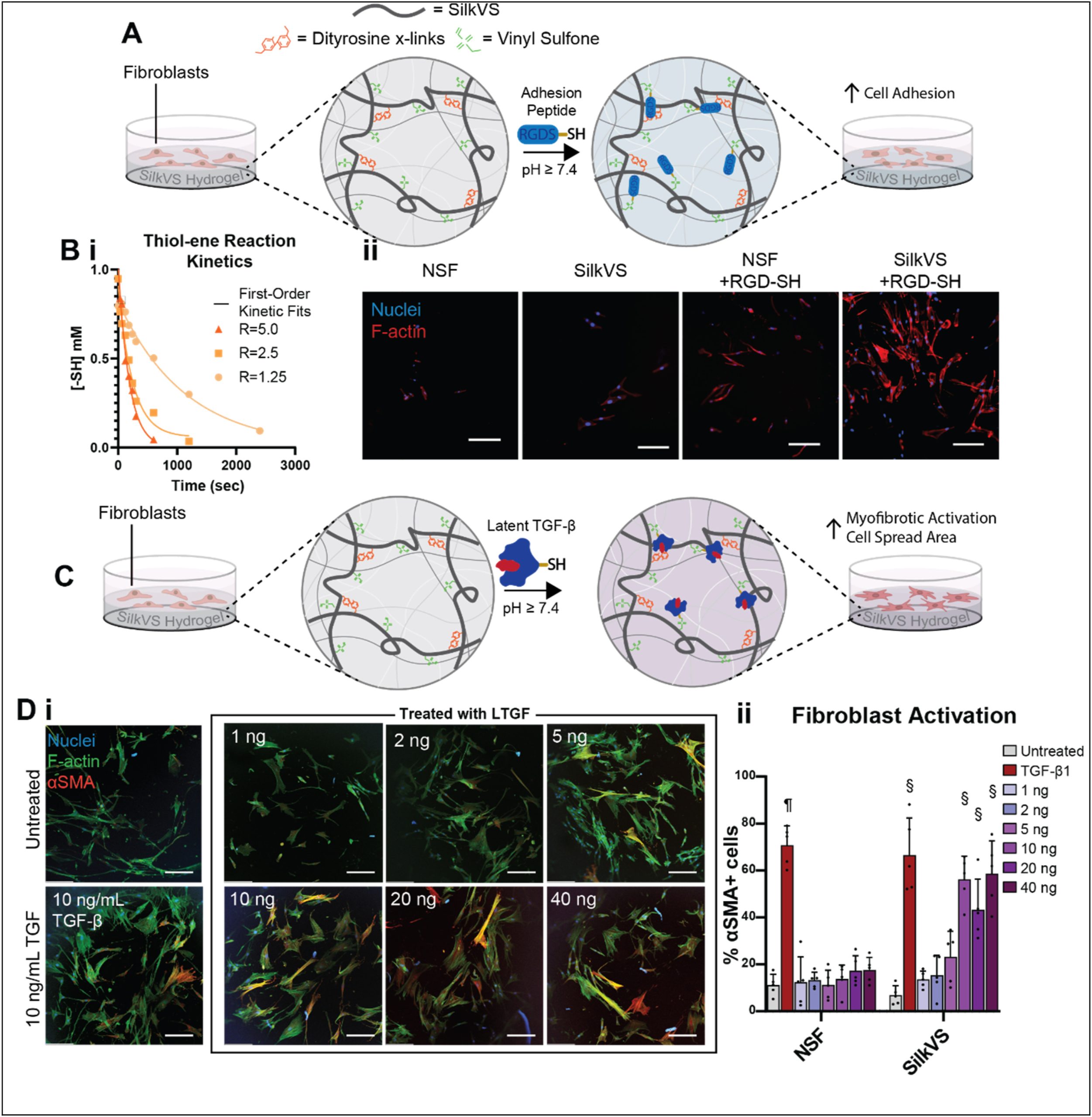
Multifunctional silk vinyl sulfone-based hydrogel scaffolds for dynamic material-cell interactions
Biomaterials (2023)
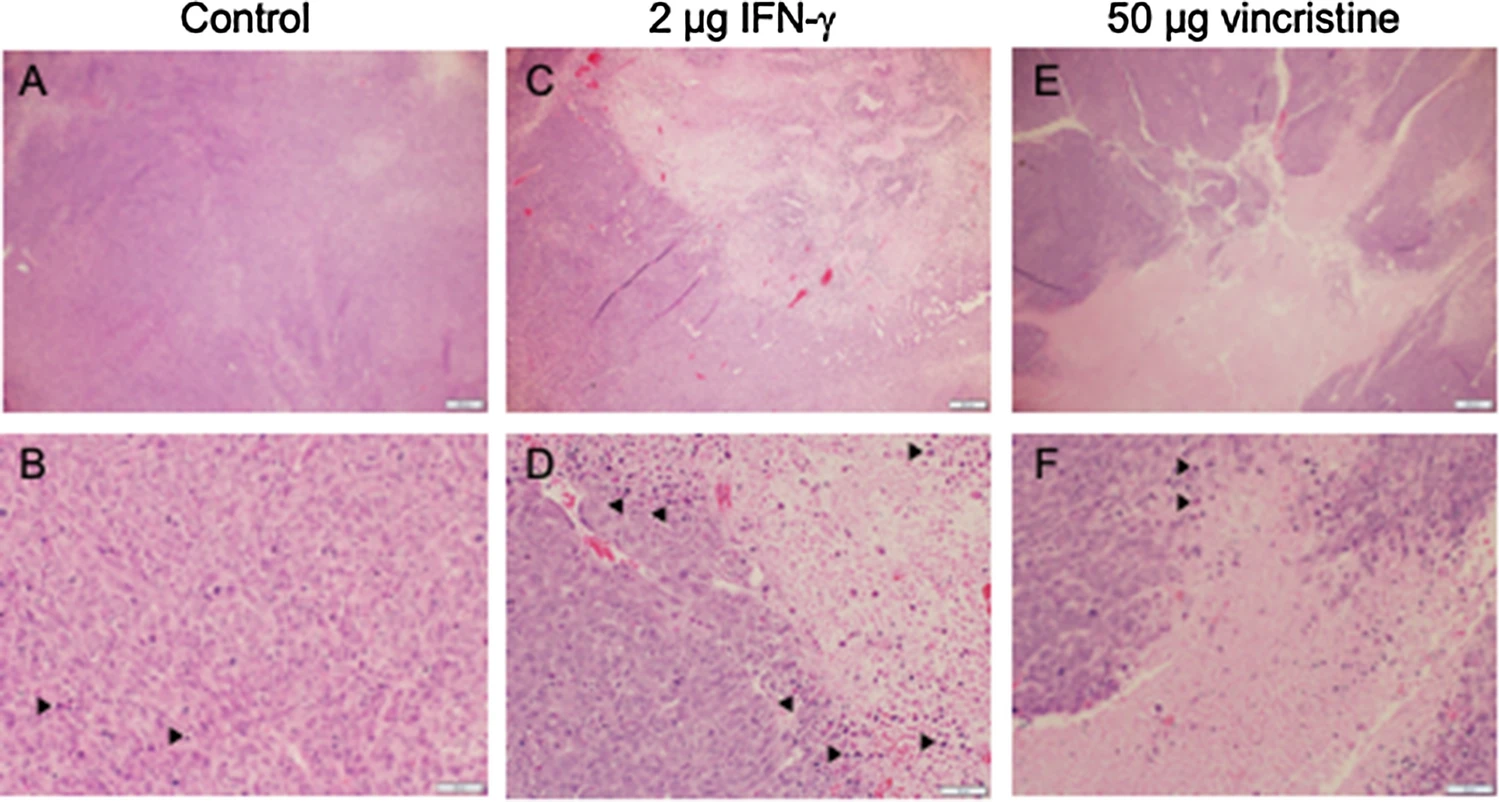
Concurrent application of interferon-gamma and vincristine inhibits tumor growth in an orthotopic neuroblastoma mouse model
Pediatric Surgery International (2023)
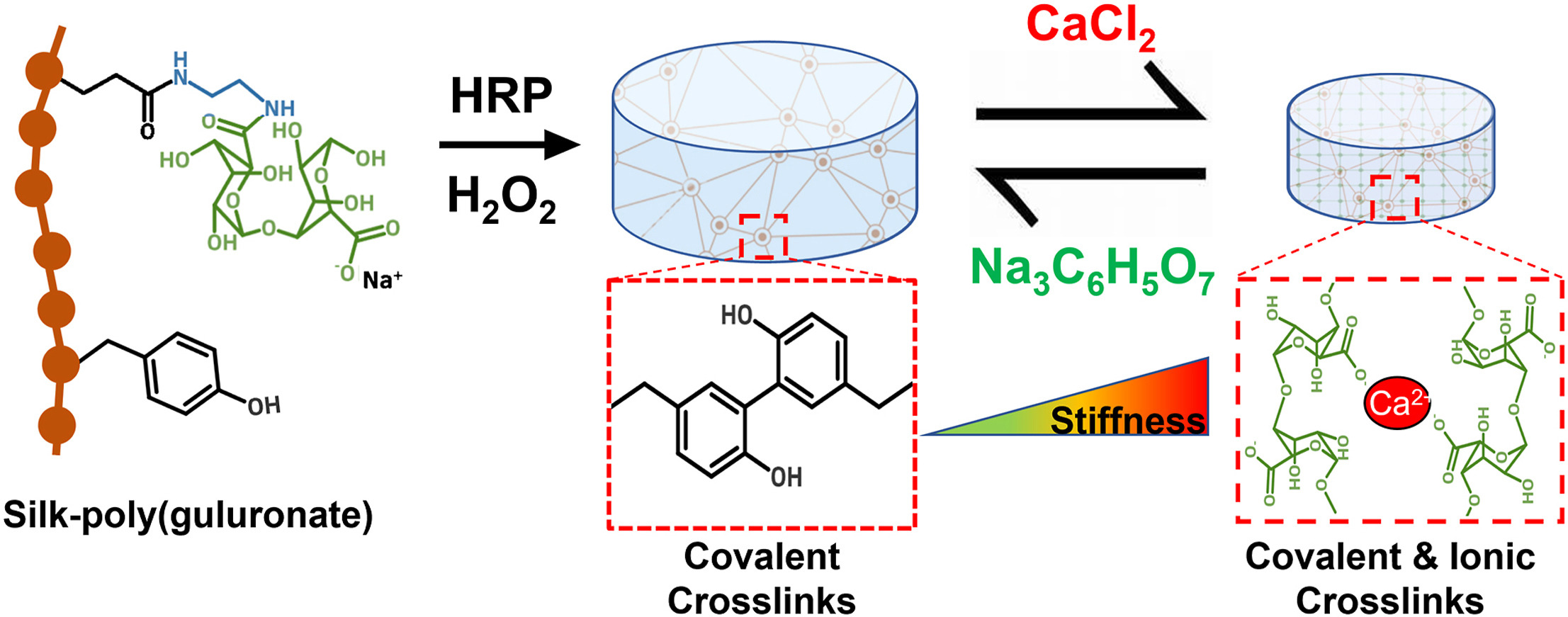
Synthesis and characterization of silk-poly(guluronate) hybrid polymers for the fabrication of dual crosslinked, mechanically dynamic hydrogels
Polymer (2023)
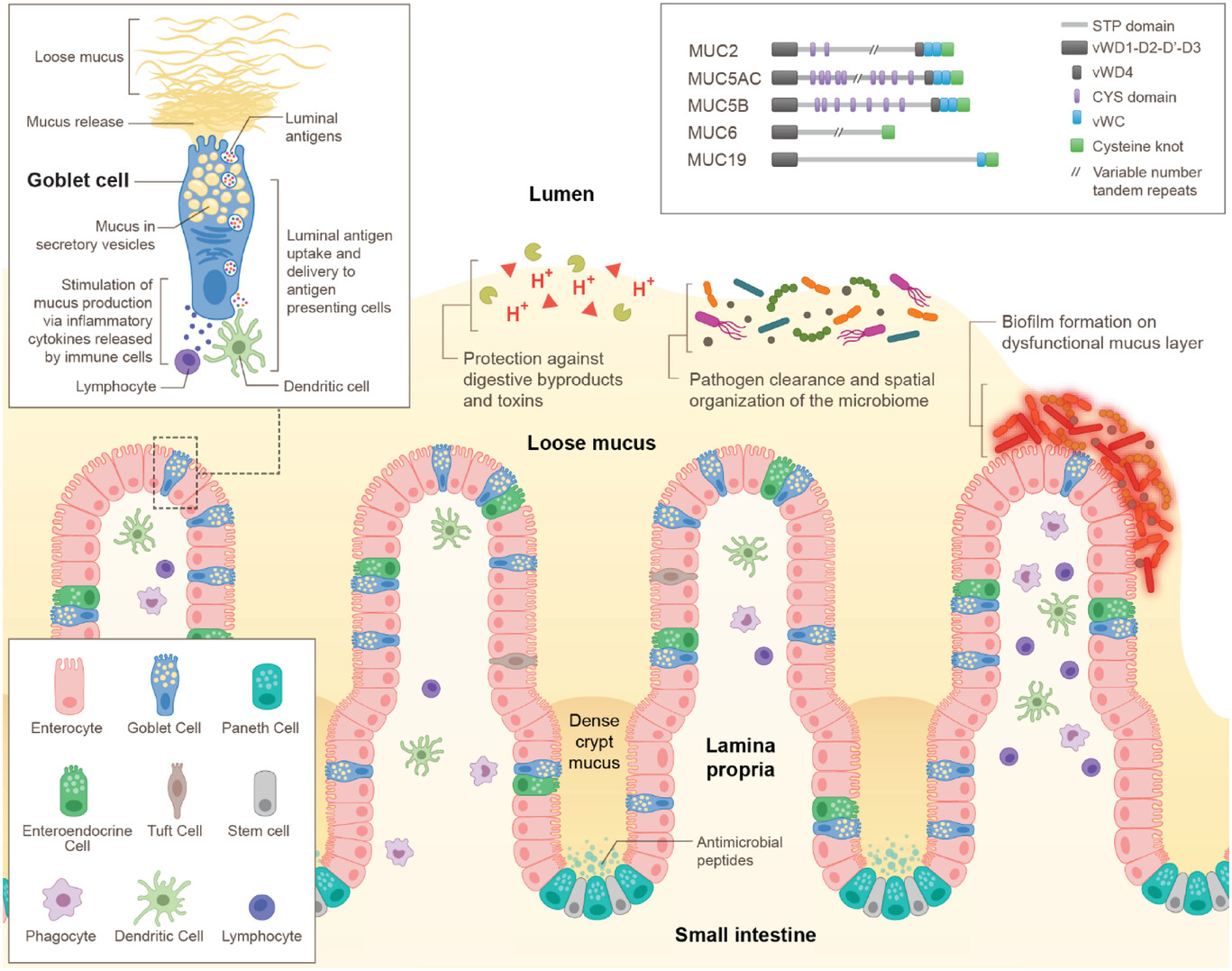
Mucosa-Mimetic Materials for the Study of Intestinal Homeostasis and Disease
Advanced Healthcare Materials (2023)
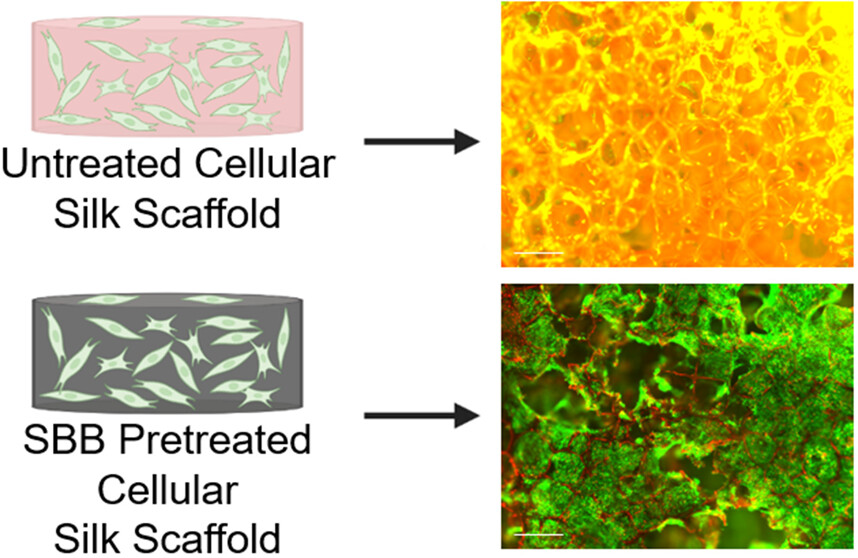
Sudan Black B Pretreatment to Suppress Autofluorescence in Silk Fibroin Scaffolds
ACS Biomaterials Science & Engineering (2023)
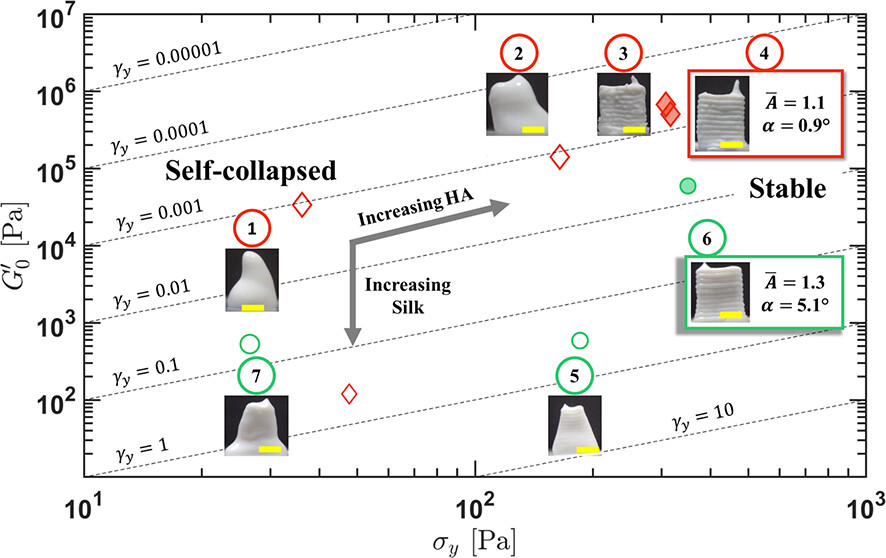
3D Printability of Silk/Hydroxyapatite Composites for Microprosthetic Applications
ACS Biomaterials Science & Engineering (2023)

Computational Design and Manufacturing of Sustainable Materials through First-Principles and Materiomics
Chemical Reviews (2023)

Instantaneous Formation of Silk Protein Aerosols and Fibers with a Portable Spray Device under Ambient Conditions
Advanced Materials Technologies (2023)
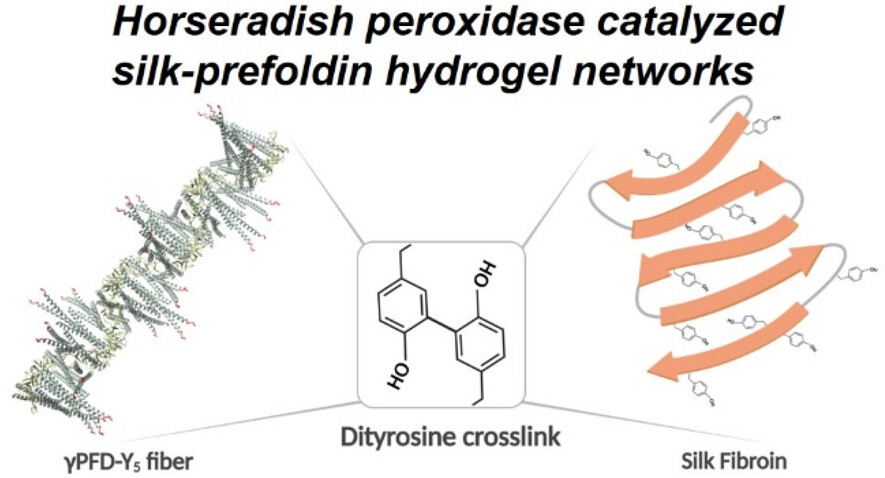
Horseradish Peroxidase Catalyzed Silk–Prefoldin Composite Hydrogel Networks
ACS Applied Bio Materials (2023)

Volumetric additive manufacturing of pristine silk-based (bio)inks
Nature Communications (2023)
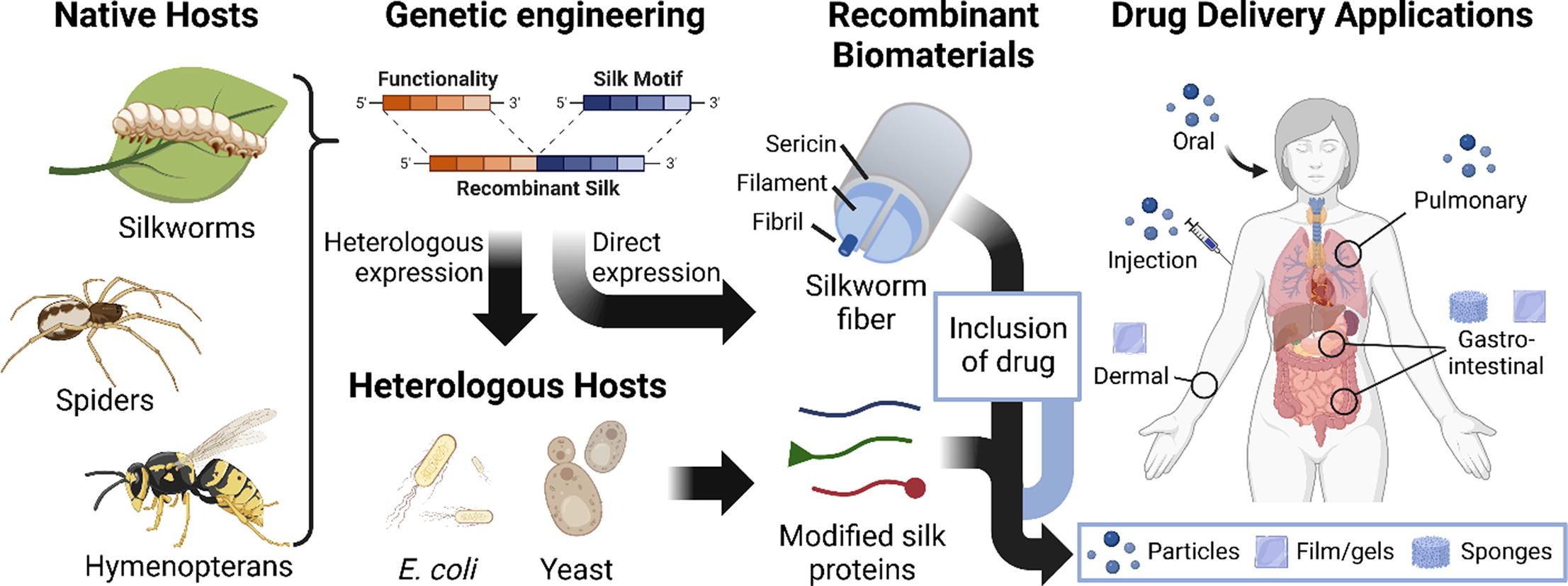
Delivering on the promise of recombinant silk-inspired proteins for drug delivery
Advanced Drug Delivery Reviews (2023)
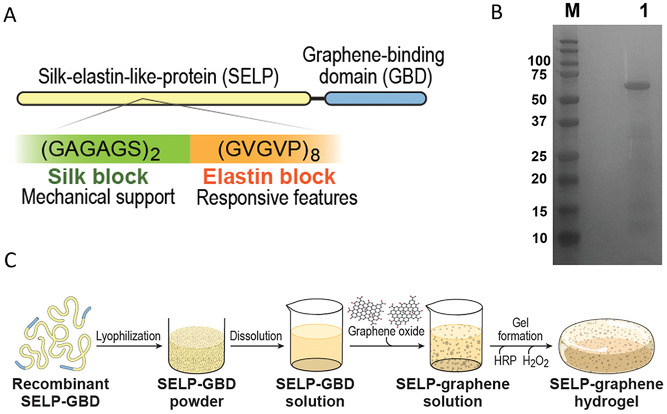
Silk-Elastin-Like-Protein/Graphene-Oxide Composites for Dynamic Electronic Biomaterials
Macromolecular Bioscience (2022)

Molecular simulations of the interfacial properties in silk–hydroxyapatite composites
Nanoscale (2022)
Currently updating this list for our website revamp.
More to be added soon…
Cellular Agriculture
Cellular Agriculture
Cellular agriculture revolutionizes the production of agricultural commodities (proteins, fats, and tissues) that would otherwise come from traditional agriculture, by generating these commodities from cells. Cultured meat, meat analogs generated from cell cultures grown, offer a sustainable and ethical alternative to conventional meat. Our research group focuses on advancing cellular agriculture by developing novel technologies, enhancing testing and validation through industry partnerships, establishing safety and nutrition standards, evaluating societal and environmental impacts, and reducing production costs. Through these efforts, we aim to make cultured meat and other cellular agriculture products more sustainable, accessible, and affordable, ushering in a new era of ethical and efficient food production.
Featured Publications

Life cycle assessment of Beefy-9 and Beefy-R serum-free culture media for cell-cultivated beef production
Sustainable Production and Consumption (2024)

Development of Serum-Reduced Medium for Mackerel Muscle Cell Line Cultivation
ACS Sustainable Chem. Eng. (2024)

Methods to Screen the Adhesion of Fish Cells on Plant-, Algal- and Fungal-Derived Biomaterials
ACS Appl. Mater. Interfaces (2024)

Chemical and Sensory Analyses of Cultivated Pork Fat Tissue as a Flavor Enhancer for Meat Alternatives
bioRxiv Bioengineering preprint (2024)
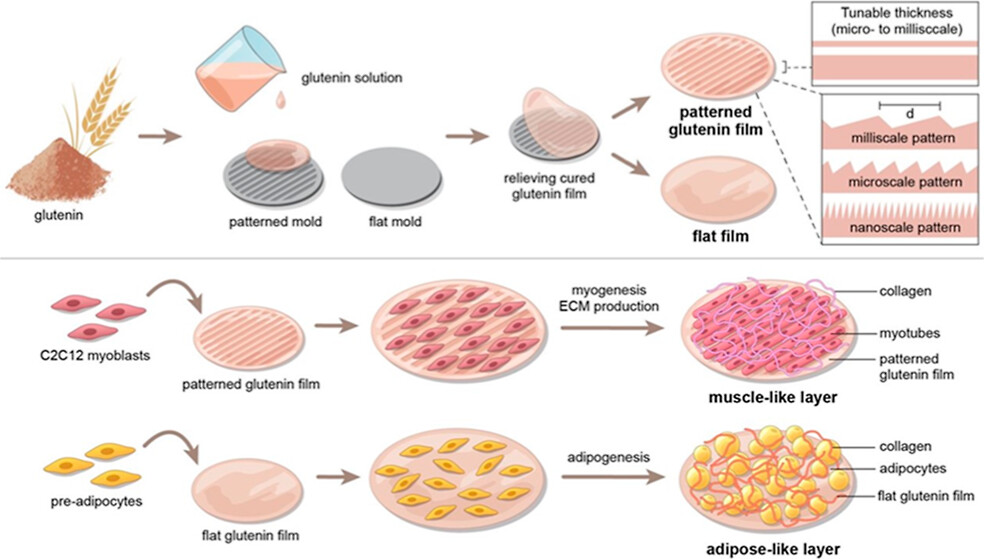
Cultivated Meat from Aligned Muscle Layers and Adipose Layers Formed from Glutenin Films
ACS Biomater. Sci. Eng. (2024)
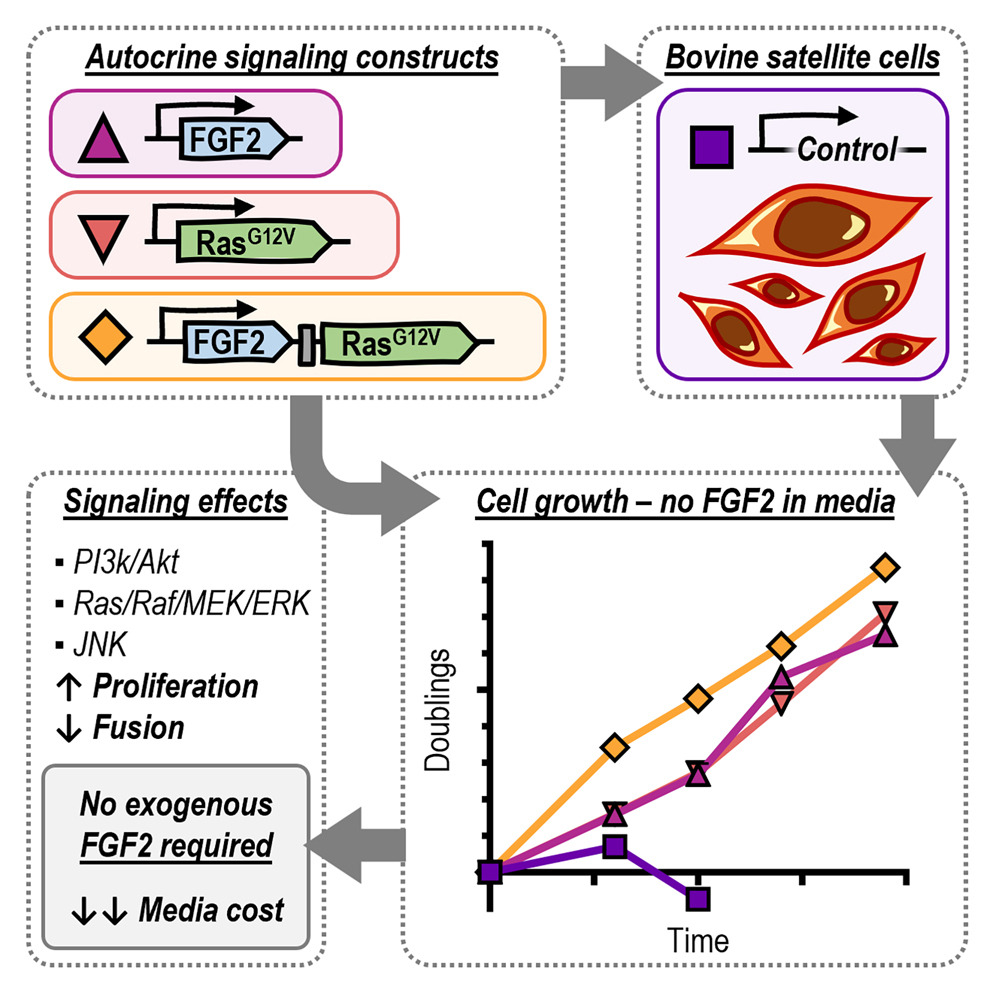
Engineered autocrine signaling eliminates muscle cell FGF2 requirements for cultured meat production
Cell Reports Sustainability (2024)
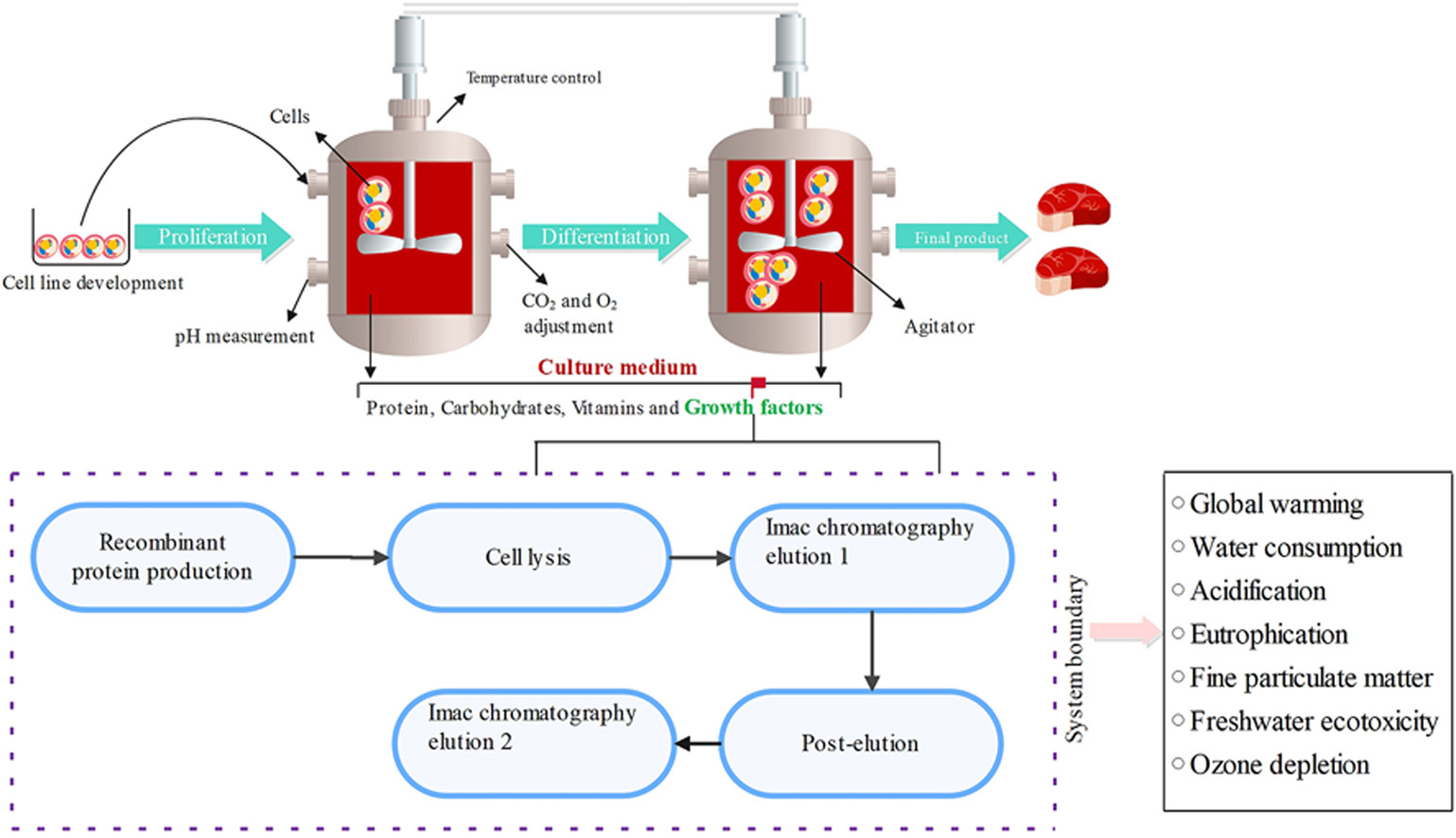
Environmental life cycle assessment of recombinant growth factor production for cultivated meat applications
Journal of Cleaner Production (2023)
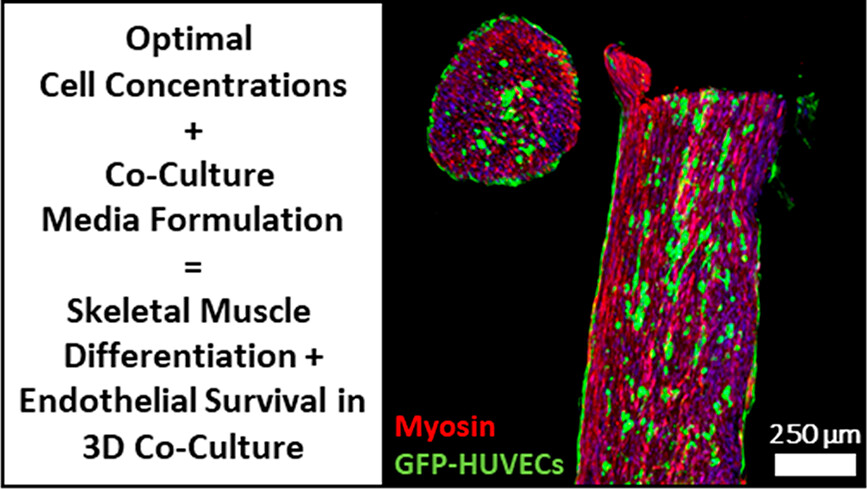
Optimization of Culture Media and Cell Ratios for 3D In Vitro Skeletal Muscle Tissues with Endothelial Cells
ACS Biomater. Sci. Eng. (2023)
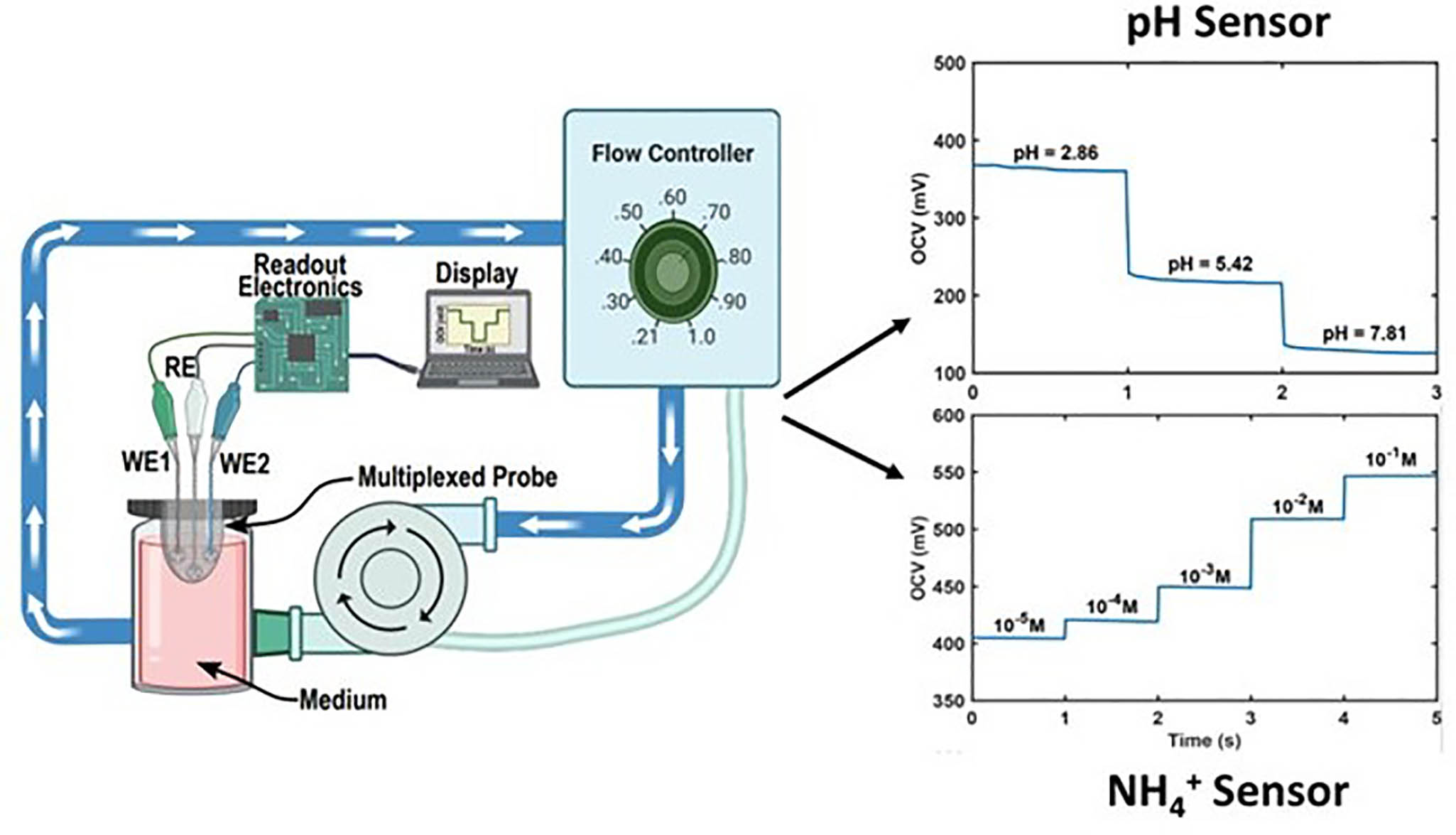
Multiplexed Sensing Probe for Bioreactors for Cellular Agriculture
IEEE Sensors Letters (2023)

A Beefy-R culture medium: replacing albumin with rapeseed protein isolates
Biomaterials (2023)
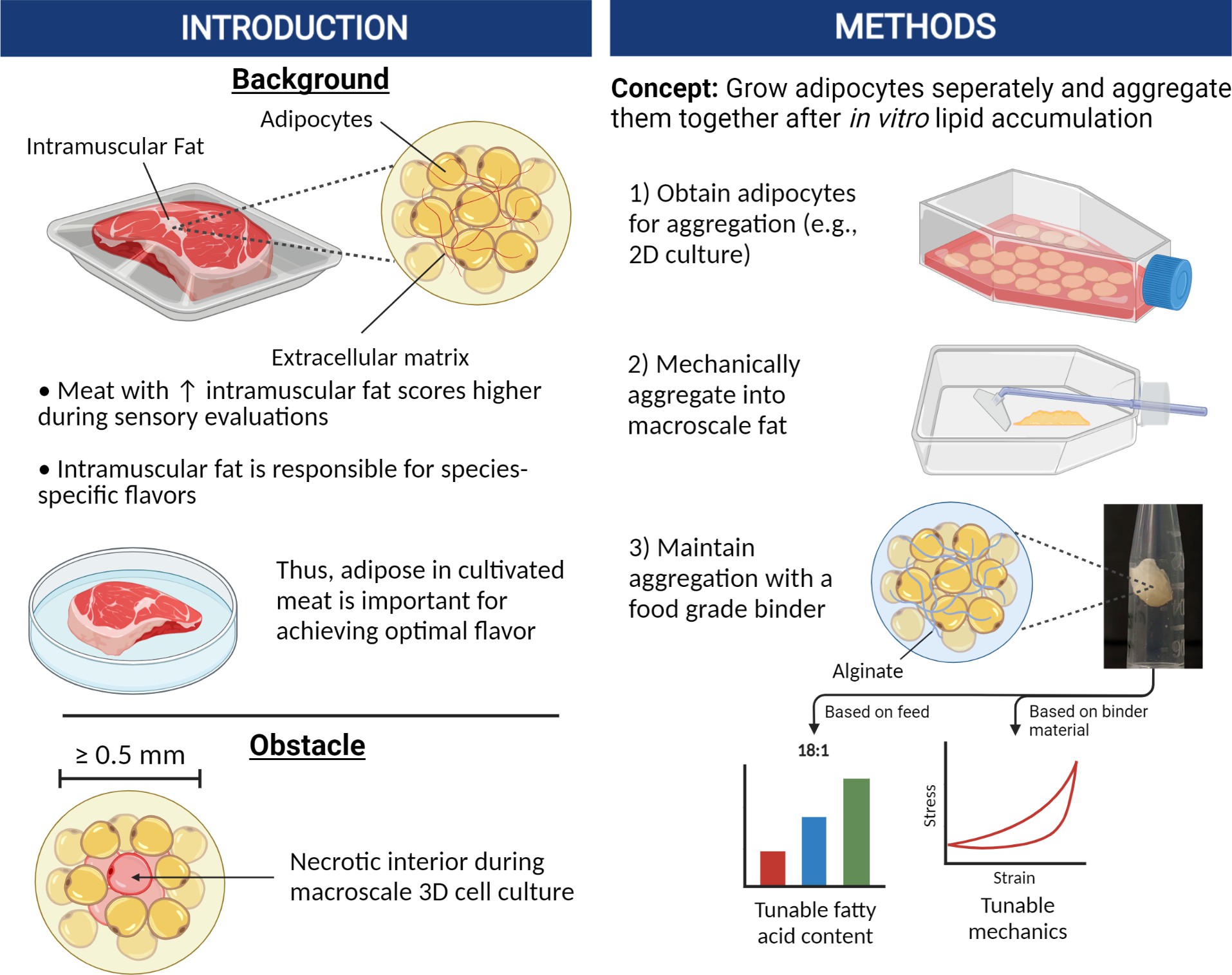
Aggregating in vitro-grown adipocytes to produce macroscale cell-cultured fat tissue with tunable lipid compositions for food applications
eLife (2023)
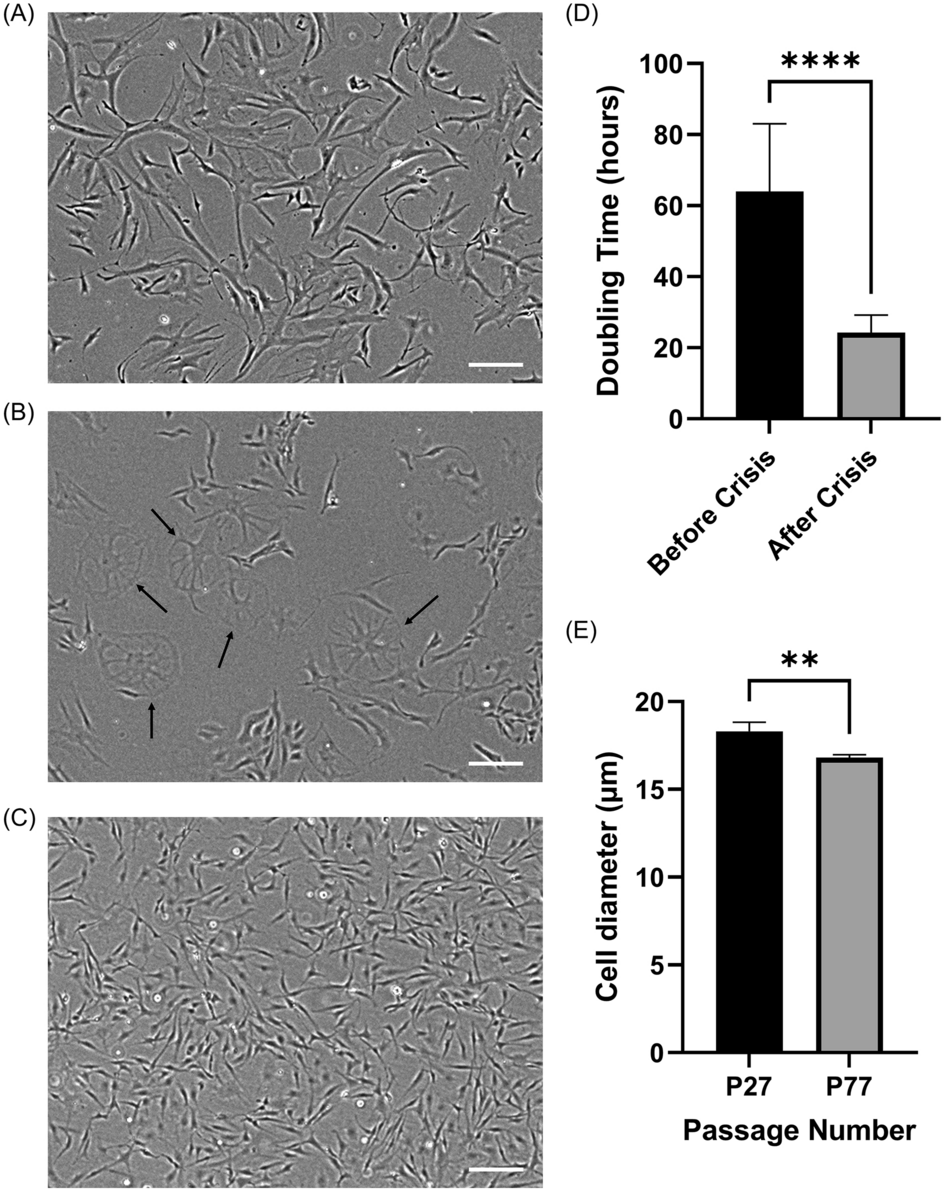
Continuous fish muscle cell line with capacity for myogenic and adipogenic-like phenotypes
Scientific Reports (2023)
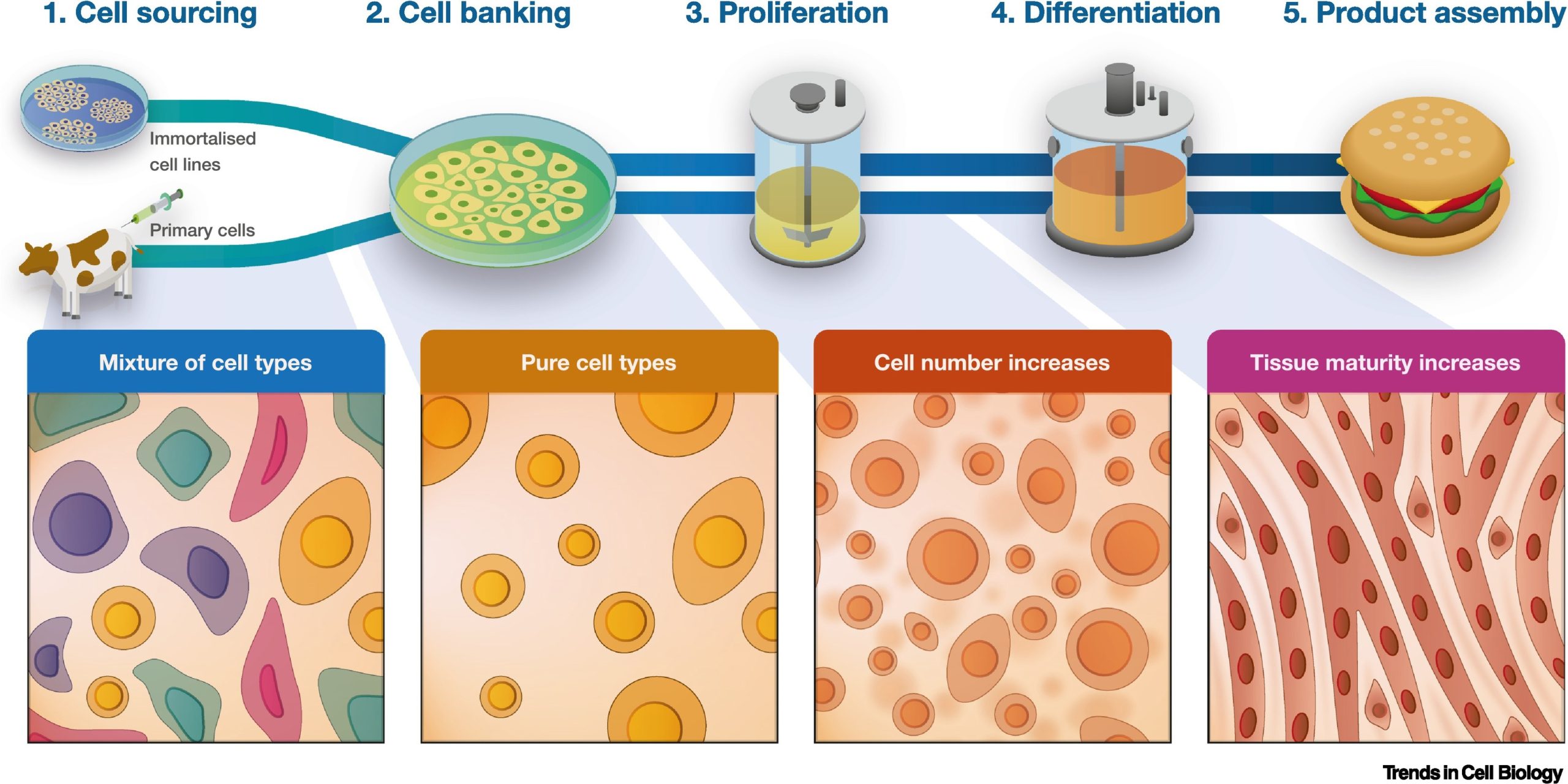
Cultured meat: Creative solutions for a cell biological problem
Trends in Cell Biology (2022)
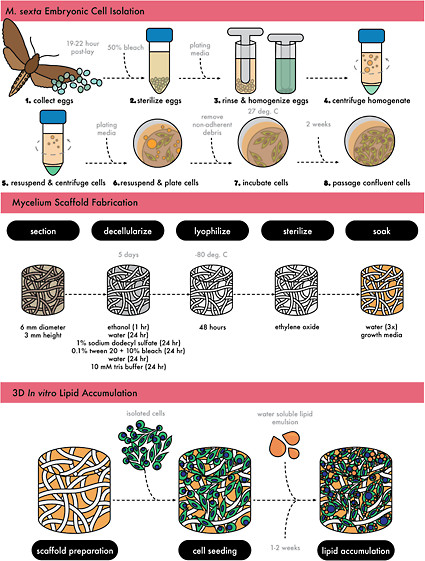
In vitro Insect Fat Cultivation for Cellular Agriculture Applications
ACS Biomaterials Science & Engineering (2022)
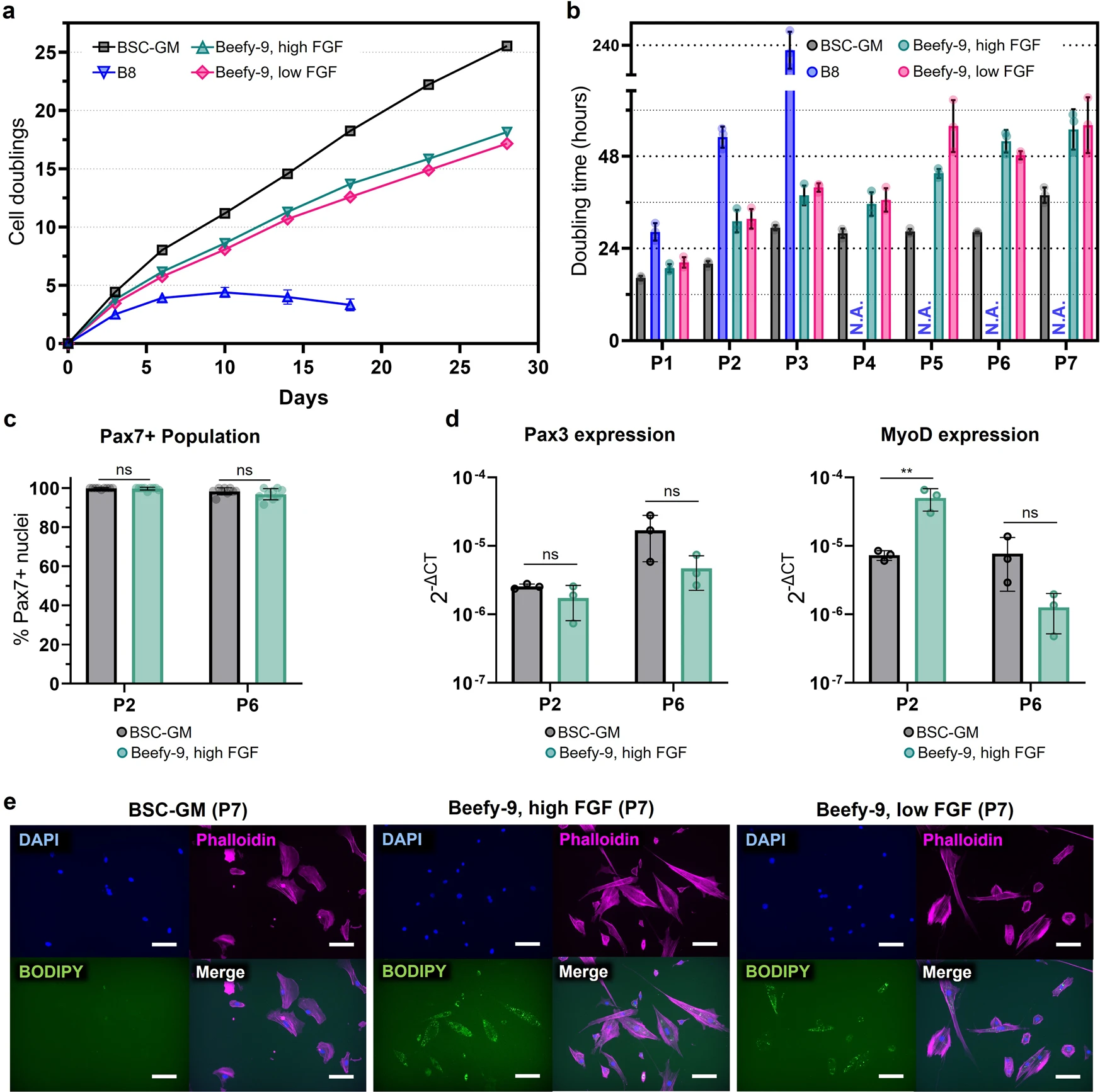
Simple and effective serum-free medium for sustained expansion of bovine satellite cells for cell cultured meat
Communications Biology (2022)
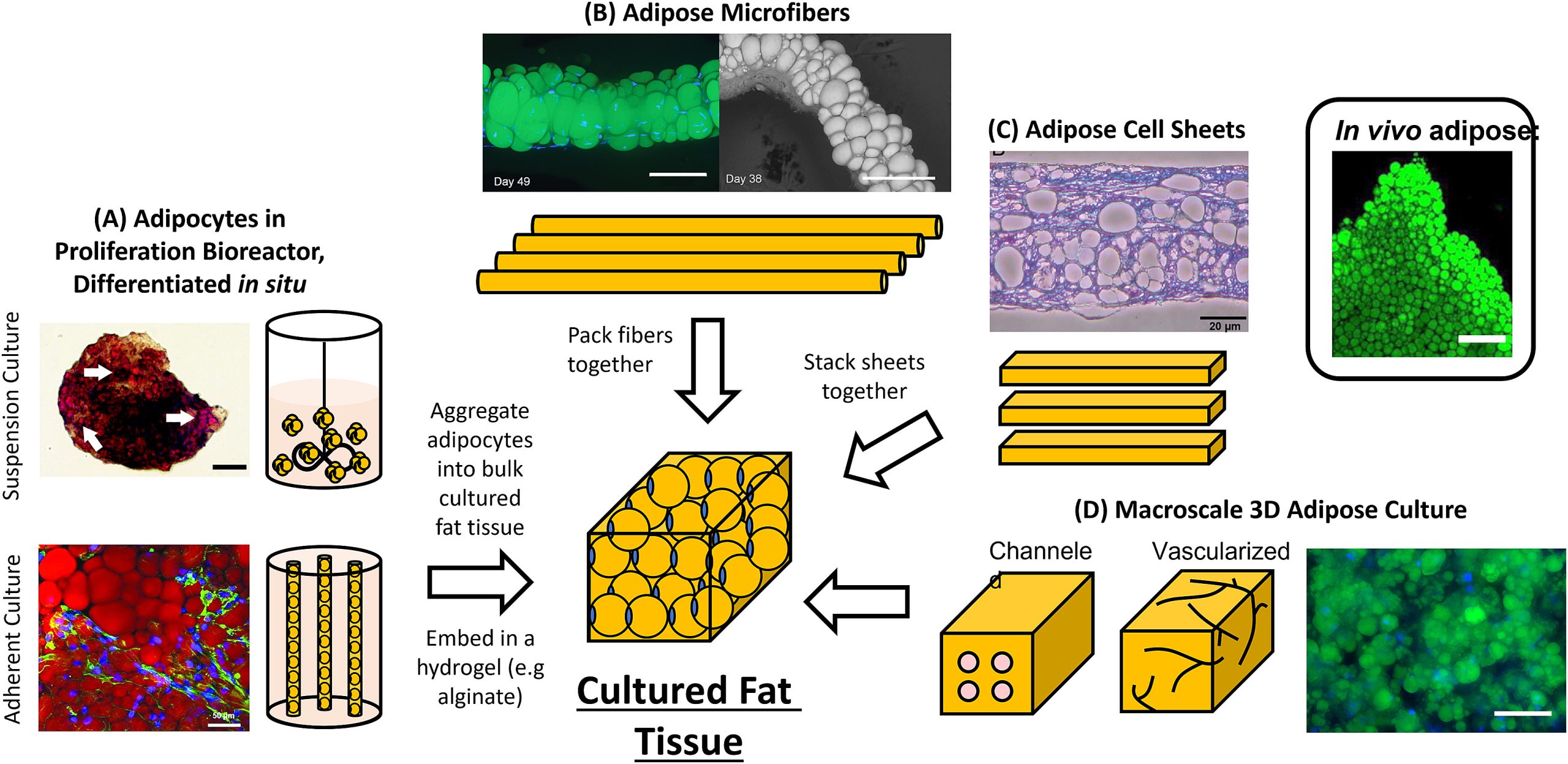
Perspectives on scaling production of adipose tissue for food applications
Biomaterials (2022)

Engineering carotenoid production in mammalian cells for nutritionally enhanced cell-cultured foods
Metabolic Engineering (2020)

Prospects and challenges for cell-cultured fat as a novel food ingredient
Trends in Food Science & Technology (2020)
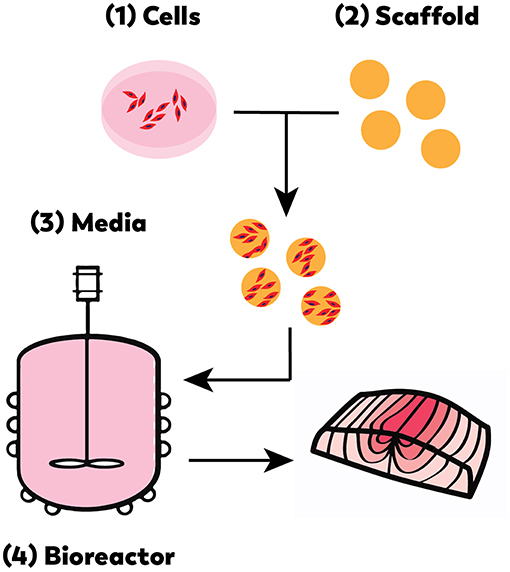
Cell-Based Fish: A Novel Approach to Seafood Production and an Opportunity for Cellular Agriculture
Frontiers in Sustainable Food Systems (2019)

Possibilities for Engineered Insect Tissue as a Food Source
Frontiers in Sustainable Food Systems (2019)
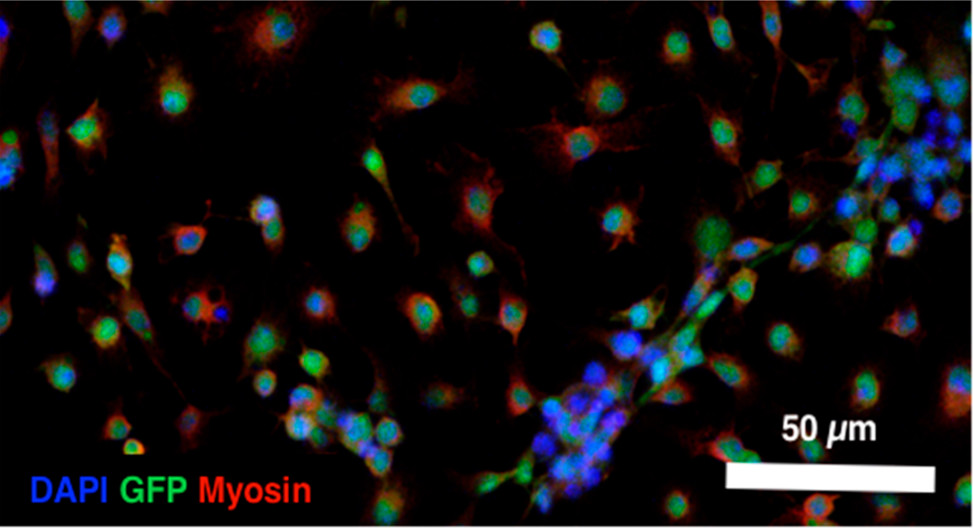
In Vitro Insect Muscle for Tissue Engineering Applications
ACS Biomaterials Science & Engineering (2019)
Currently updating this list for our website revamp.
More to be added soon…
Tissue Engineering

Impact of Micro- and Nano-Plastics on Human Intestinal Organoid-Derived Epithelium
Current Protocols (2024)
Tissue Engineering
The group takes a multi-fold approach to the challenges of tissue regeneration. Traditional biochemical factors are utilized to direct stem cell and tissue outcomes in selective (temporal, regional, interfacial) approaches. In addition, a major focus is on biophysical factors (membrane potential Vmem, external electric fields, mechanical forces) on cell and tissue outcomes. The orchestrated suite of inputs to cell and tissue functions is considered towards desired fundamental goals, for building quantitative metabolic models of tissue functions and regeneration in vitro, and to generate useful tissue systems for in vitro study and in vivo utility. Example tissues under study: bone, cartilage, small diameter vasculature, neurological tissues, cervical, kidney, adipose, among others.

Impact of Micro- and Nano-Plastics on Human Intestinal Organoid-Derived Epithelium
Current Protocols (2024)
Featured Publications

Impact of Micro- and Nano-Plastics on Human Intestinal Organoid-Derived Epithelium
Current Protocols (2024)
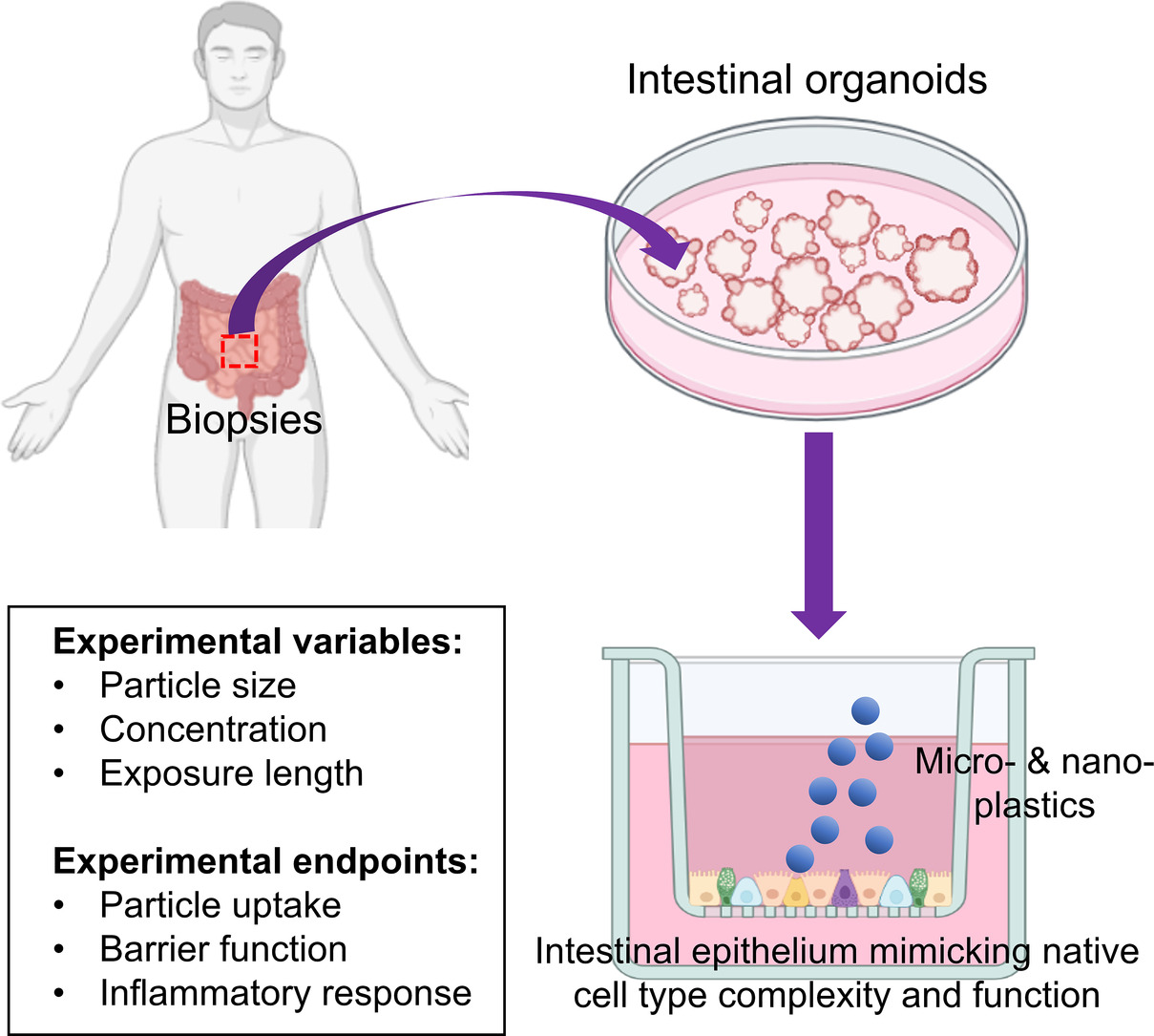
Biological effects of polystyrene micro- and nano-plastics on human intestinal organoid-derived epithelial tissue models without and with M cells
Nanomedicine: Nanotechnology, Biology and Medicine (2023)

Development of a novel bioengineered 3D brain-like tissue for studying primary blast-induced traumatic brain injury
Journal of Neuroscience Research (2023)

Crypt-Villus Scaffold Architecture for Bioengineering Functional Human Intestinal Epithelium
ACS Biomaterials Science & Engineering (2022)
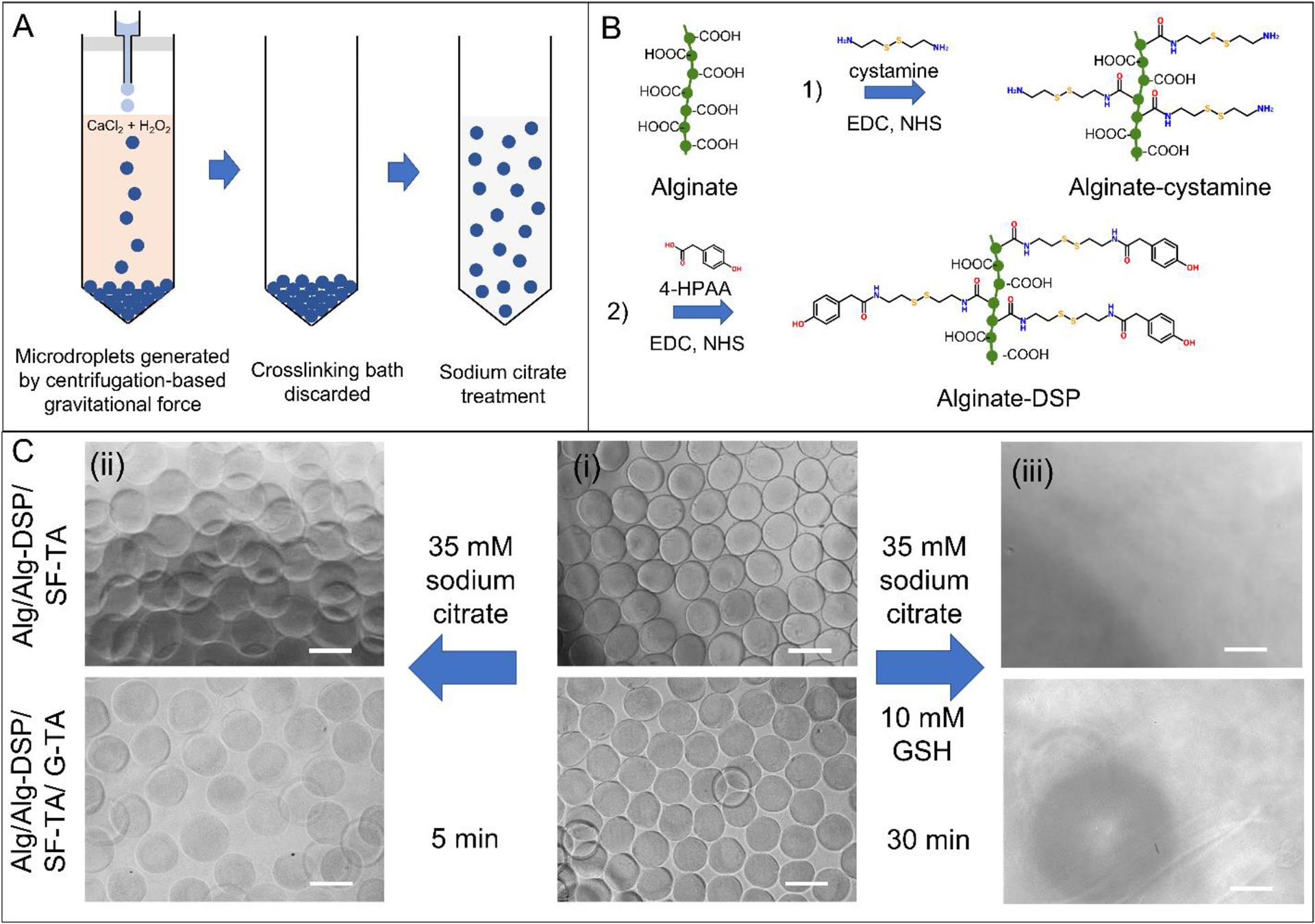
Cytoprotection of Human Progenitor and Stem Cells through Encapsulation in Alginate Templated, Dual Crosslinked Silk and Silk–Gelatin Composite Hydrogel Microbeads
Advanced Healthcare Materials (2022)
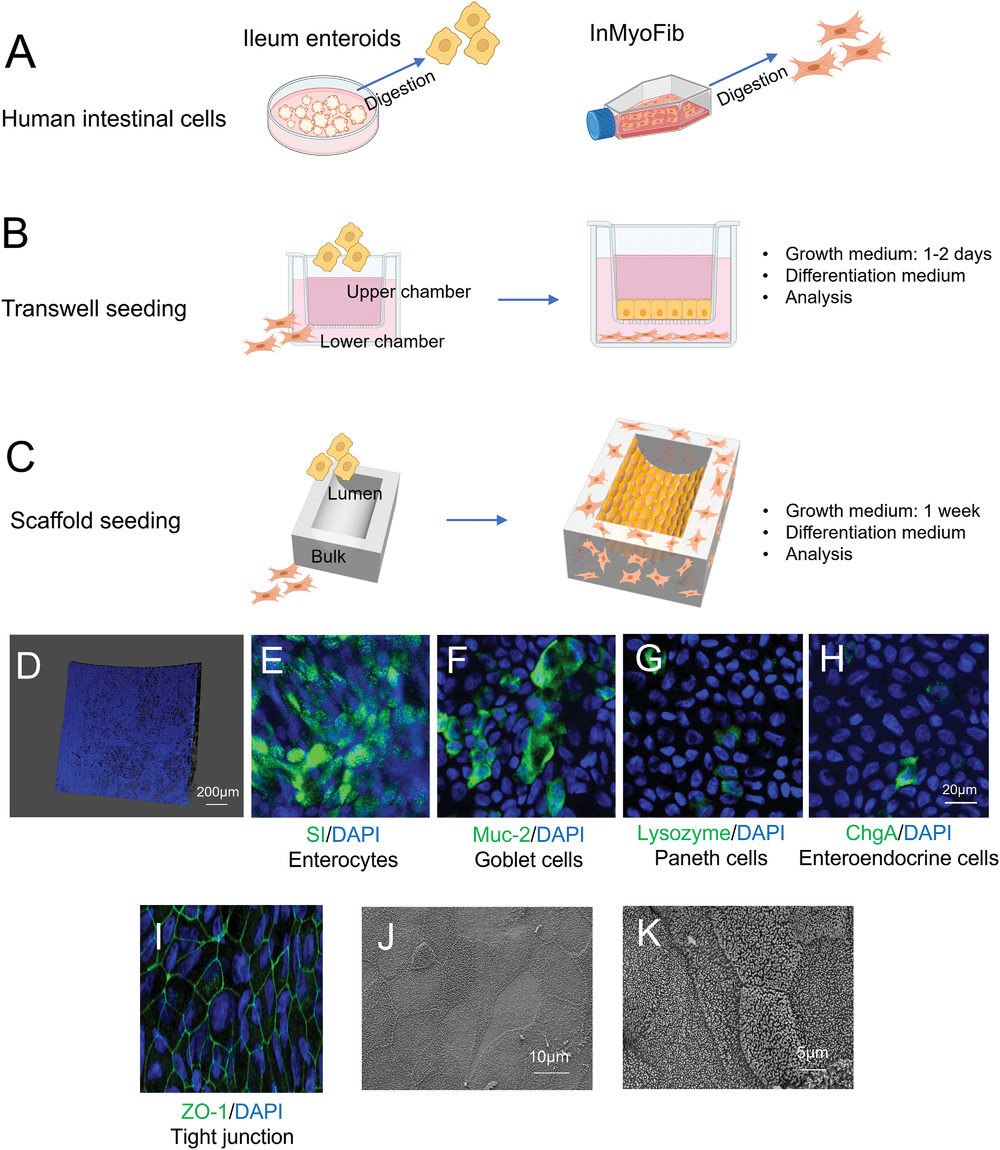
Bioengineered 3D Tissue Model of Intestine Epithelium with Oxygen Gradients to Sustain Human Gut Microbiome
Advanced Healthcare Materials (2022)
Currently updating this list for our website revamp.
More to be added soon…
Biomedical Devices
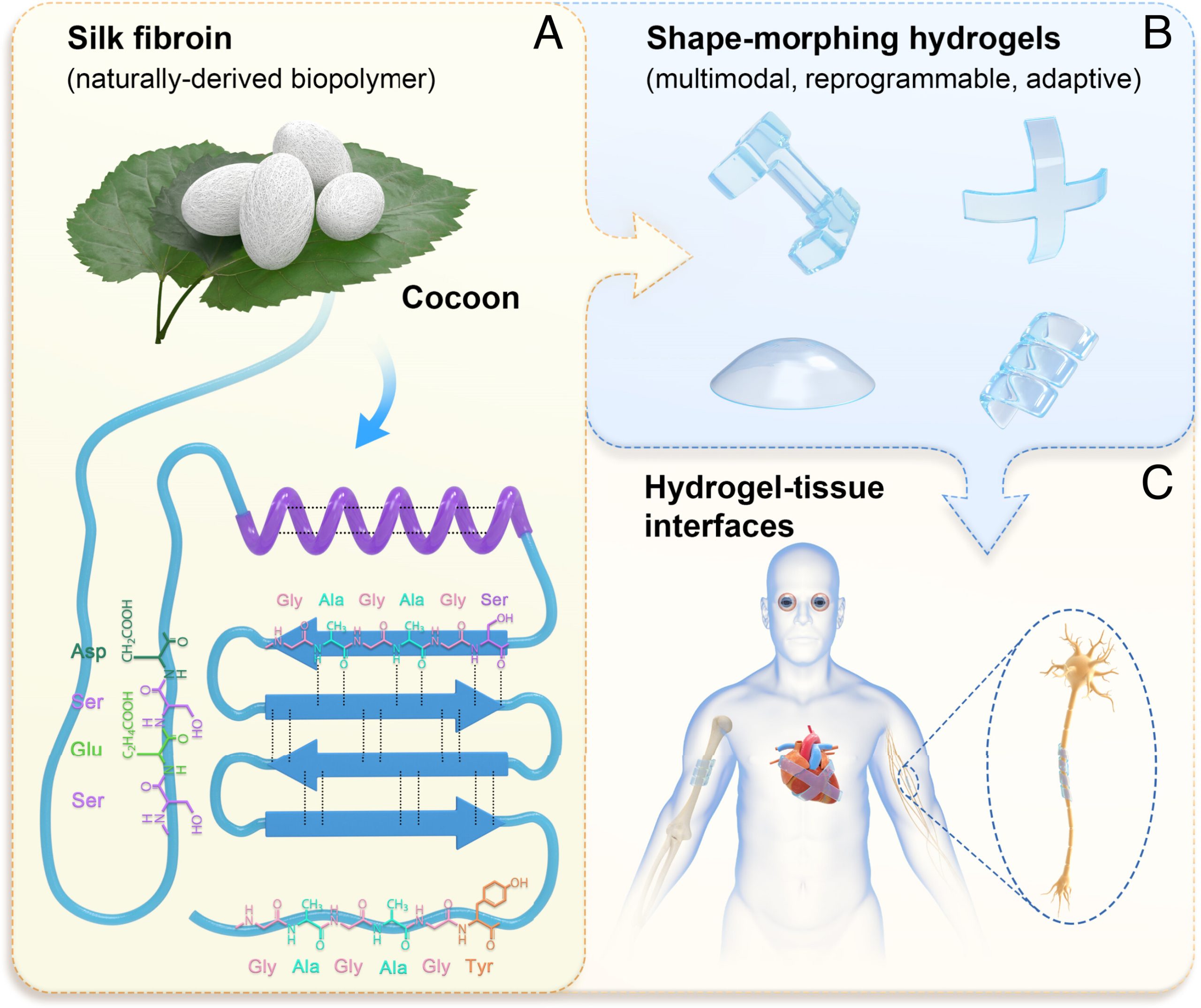
Silk-protein-based gradient hydrogels with multimode reprogrammable shape changes for biointegrated devices
PNAS (2023)
Biomedical Devices
The group utilizes the unique and robust material properties of silk to produce a variety of scaffolds and medical devices. Kaplan researchers exploit unique silk manufacturing techniques such as thermopressing, 3D printing, and molding to create a variety of constructs with tailorable properties. With the lab’s patented thermopressing techniques, silk is compacted mechanically robust crystalline structures that can be utilized for novel orthopedic applications, such as bone screws and plates. Silk fibroin bioinks are also used in 3D printing with various printing baths to create tissue scaffolds and medical devices. Recently, FRESH™ 3D printing technology has been incorporated into silk 3D printing research to bioprint advanced and complex structures.
In support of the lab’s 3D printing efforts, in-house mechanisms and custom 3D printers are also developed and utilized for the Kaplan Lab’s research. These machines, named the Pattenator, after the inventor and a student of the Kaplan Lab, are used throughout the lab to print a plethora of materials, including, but not limited to, silk, alginate, chitosan, fibrinogen, and dental ceramics.
The Kaplan Lab researchers also collaborate with practitioners at surrounding hospitals such as Tufts Med, MGH, MEEI, and Beth Israel to develop cutting edge medical technologies. Often students are given the opportunity to utilize their research skills with real world application to tackle today’s medical issues.
Featured Publications

Biomedical Applications of Electro-Initiated Polymerisation on Ti6Al4 V Titanium Alloy using Silk Fibroin Coatings for Antibiotic Delivery and Improved Cell Metabolism
ChemPlusChem (2023)

Challenges and opportunities in delivering oral peptides and proteins
Expert Opinion on Drug Delivery (2023)
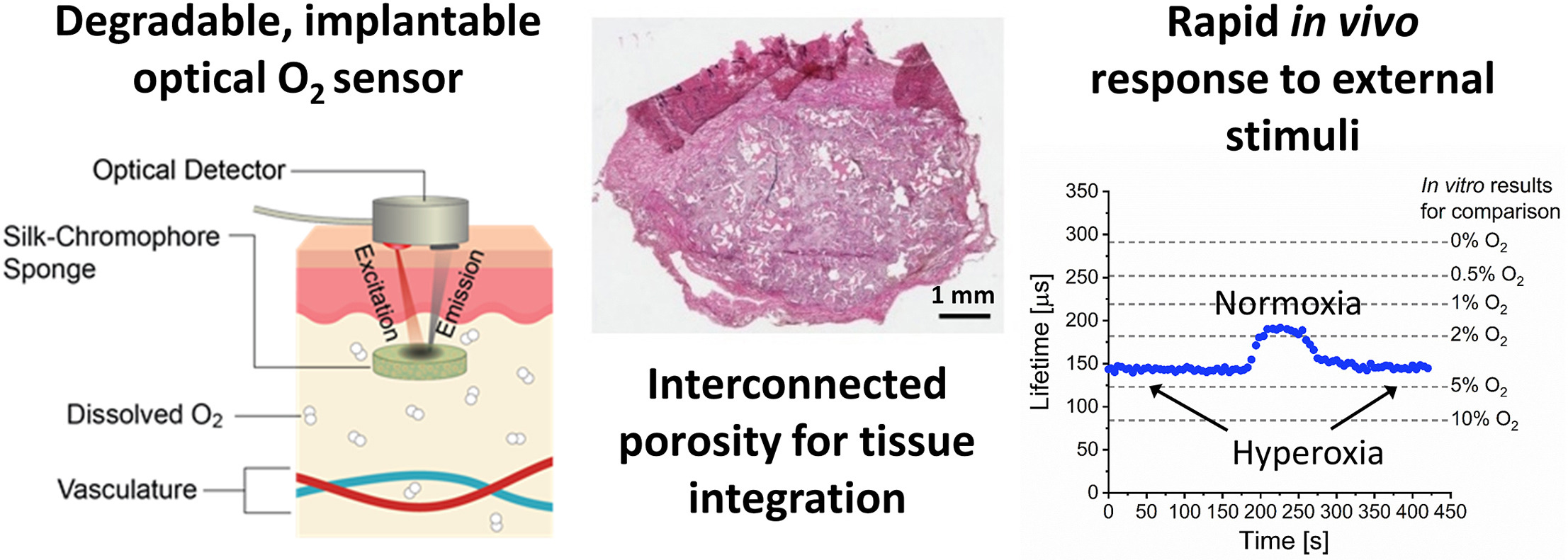
Engineered porosity for tissue-integrating, bioresorbable lifetime-based phosphorescent oxygen sensors
Biomaterials (2023)

Silk-protein-based gradient hydrogels with multimode reprogrammable shape changes for biointegrated devices
PNAS (2023)

Investigation of silk as a phantom material for ultrasound and photoacoustic imaging
Photoacoustics (2022)
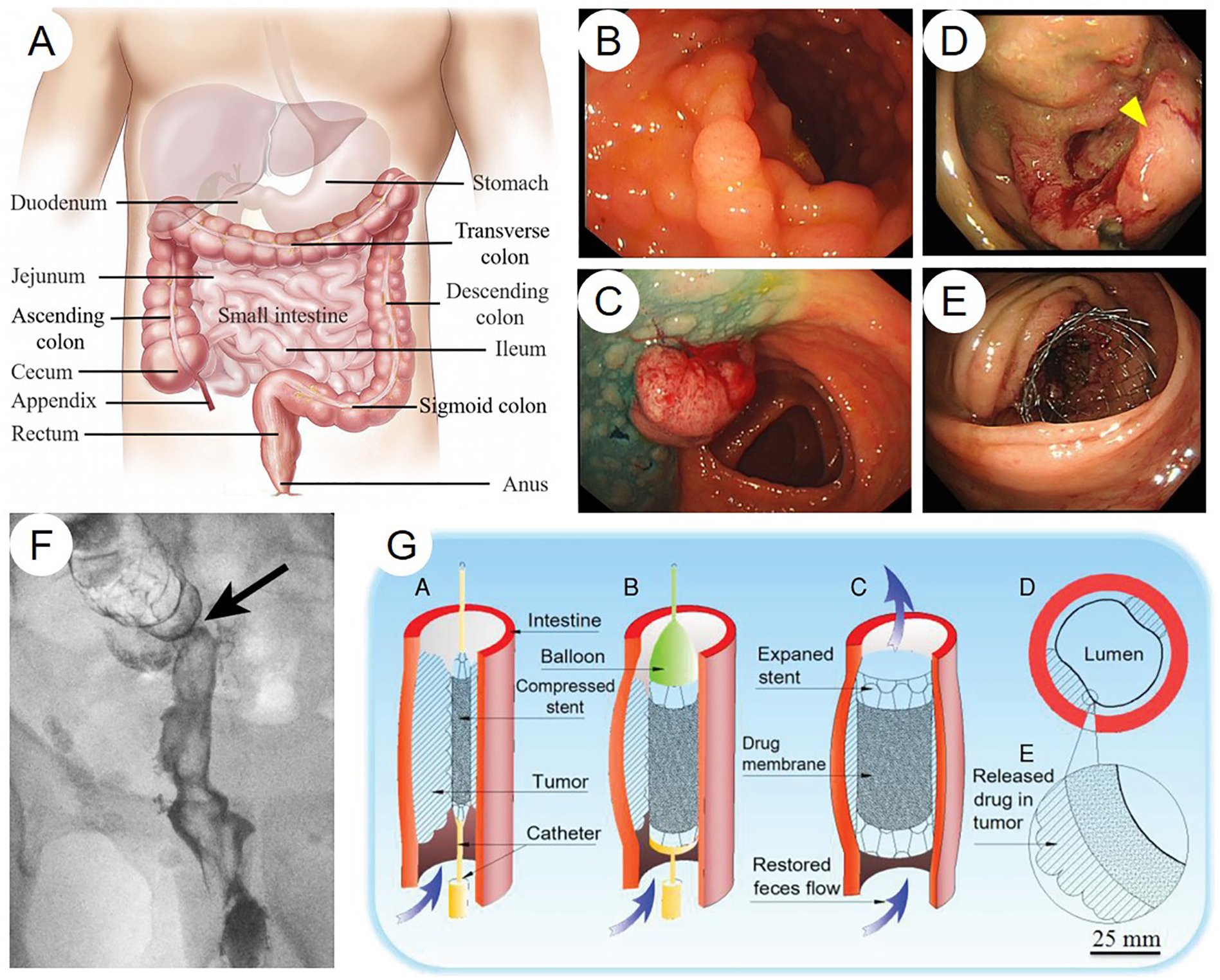
Intestinal stents: Structure, functionalization and advanced engineering innovation
Biomaterials Advances (2022)

Challenges in delivering therapeutic peptides and proteins: A silk-based solution
Journal of Controlled Release (2022)

3D Printing of Monolithic Proteinaceous Cantilevers Using Regenerated Silk Fibroin
Molecules (2022)
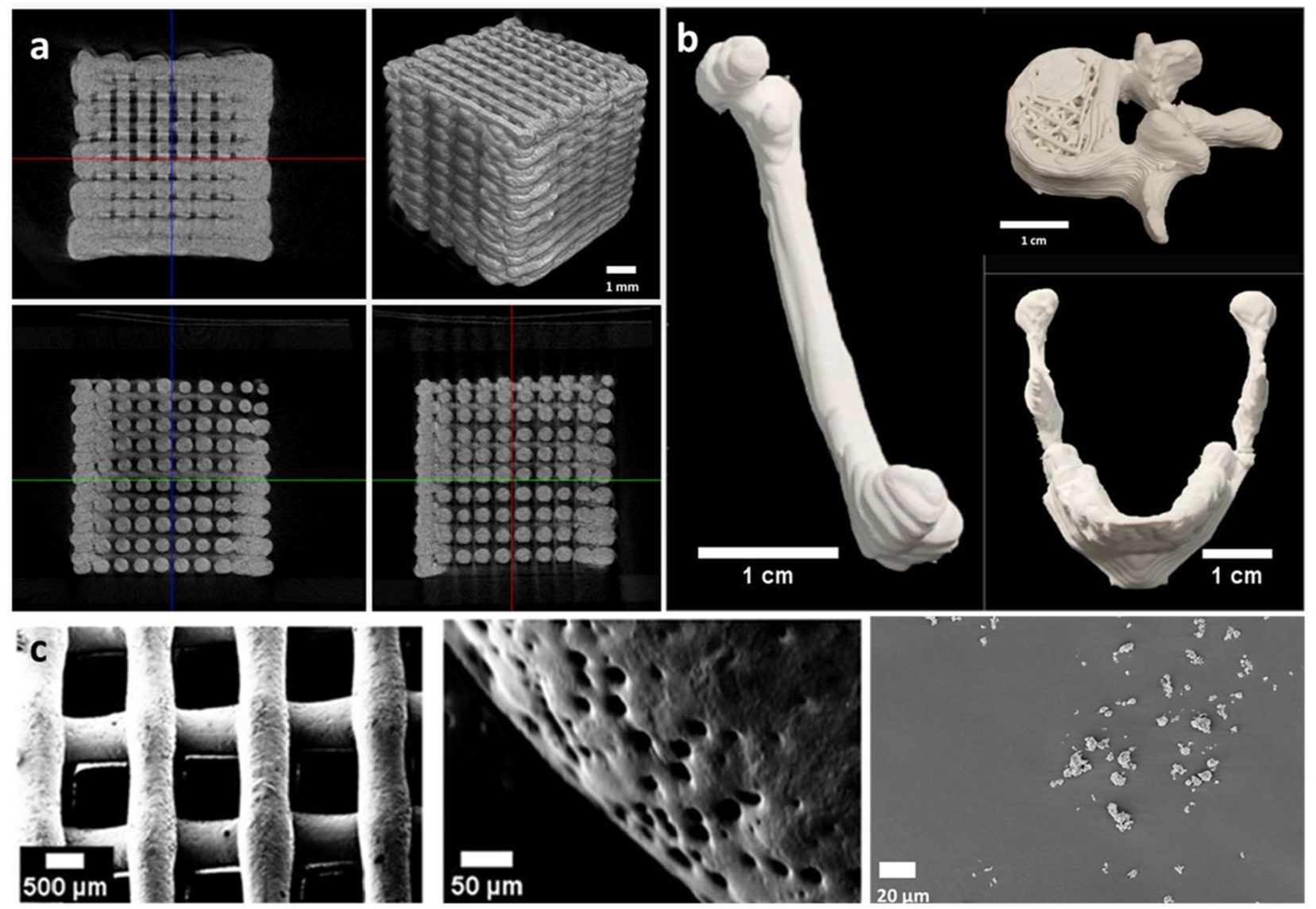
Functionalized 3D-printed silk-hydroxyapatite scaffolds for enhanced bone regeneration with innervation and vascularization
Biomaterials (2021)
Currently updating this list for our website revamp.
More to be added soon…
Neuroscience and Neurobiology
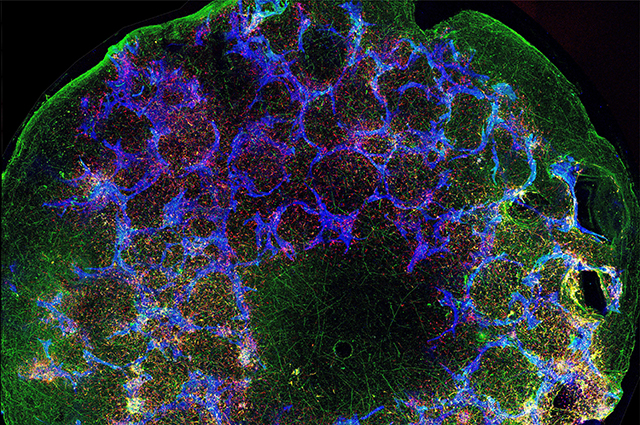
Neurons, derived from human stem cells and shown in red and green, grow on a three-dimensional silk-collagen scaffold, shown in blue.
Photo: Selene Lomoio, Tesco Laboratory/Tufts University
Neuroscience and Neurobiology
The Kaplan Neuro Group is focused on enhancing our understanding of human brain structure, function, and disease. Using a combination of tissue engineering and stem cell biology techniques, our goal is to elucidate the molecular pathways, cellular changes, and neural circuit defects that contribute to neurodegenerative and psychiatric disorders including traumatic brain injury, Alzheimer’s Disease, and Parkinson’s Disease. We have developed a bioengineered 3D human brain tissue system with tunable mechanical properties, versatile structural formats, and a variety of cell inputs to model the brain in states of health and disease. This 3D human model enables long-term in vitro studies and allows us to examine cellular interactions of various brain cell types via imaging and biochemical methods, providing a platform for drug screening and personalized medicine, injury and neuroregeneration studies, and multi-faceted nervous system models such as the gut-brain axis. By utilizing this 3D model system we hope to uncover novel therapies for neurological diseases or to repair brain damage.

Neurons, derived from human stem cells and shown in red and green, grow on a three-dimensional silk-collagen scaffold, shown in blue.
Photo: Selene Lomoio, Tesco Laboratory/Tufts University
Featured Publications
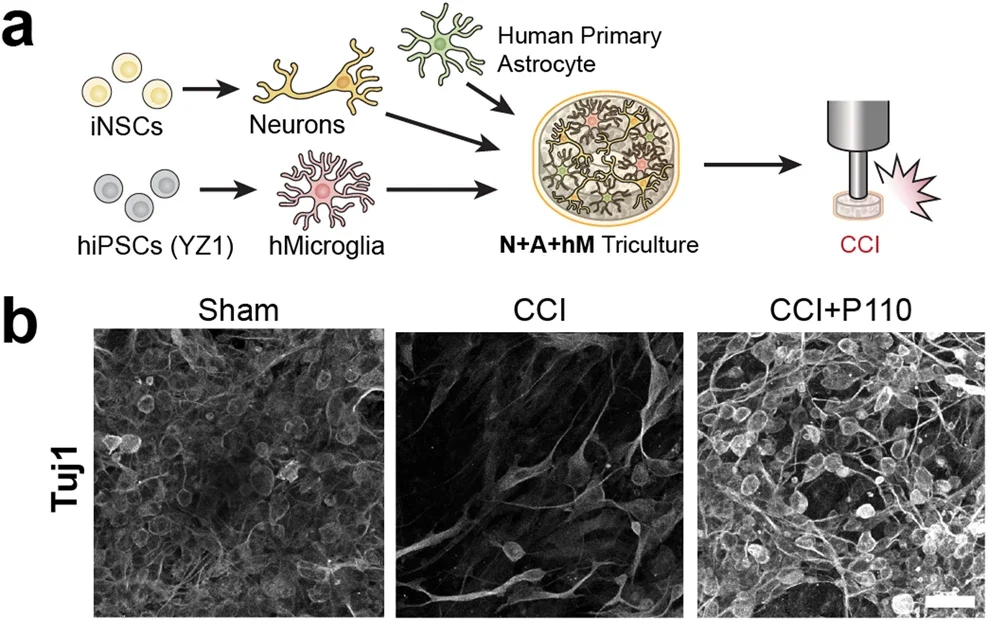
Mitochondria dysregulation contributes to secondary neurodegeneration progression post-contusion injury in human 3D in vitro triculture brain tissue model
Cell Death and Disease (2023)

Development of a novel bioengineered 3D brain-like tissue for studying primary blast-induced traumatic brain injury
Journal of Neuroscience Research (2023)
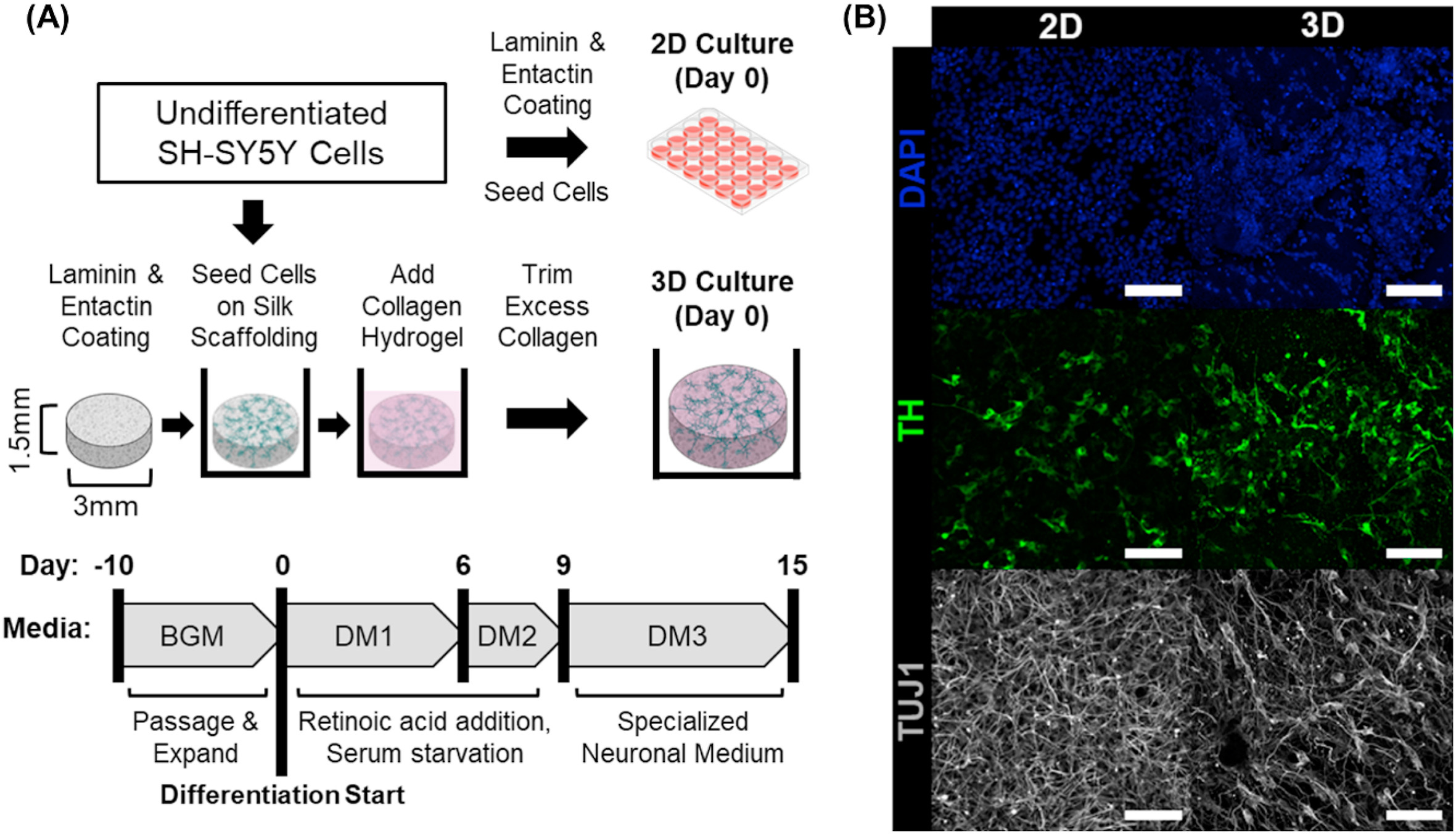
3D biocomposite culture enhances differentiation of dopamine-like neurons from SH-SY5Y cells: A model for studying Parkinson’s disease phenotypes
Biomaterials (2022)

Screening neuroprotective compounds in herpes-induced Alzheimer’s disease cell and 3D tissue models
Free Radical Biology and Medicine (2022)
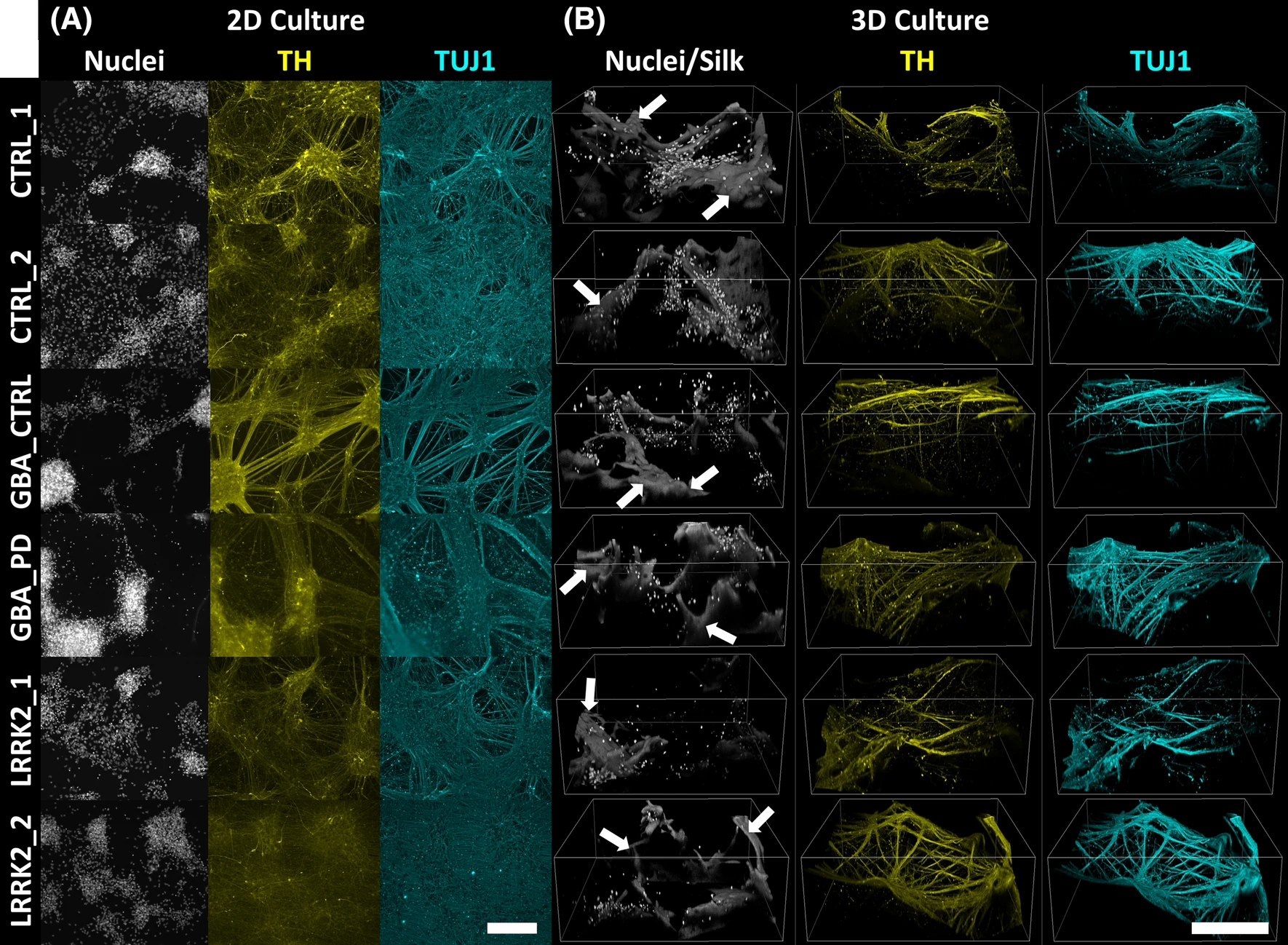
Bioengineered models of Parkinson’s disease using patient-derived dopaminergic neurons exhibit distinct biological profiles in a 3D microenvironment
Cellular and Molecular Life Sciences (2022)

Potential Involvement of Varicella Zoster Virus in Alzheimer’s Disease/Dementia via Reactivation of Herpes Simplex Virus Type 1
Alzheimer’s & Dementia (2022)
Currently updating this list for our website revamp.
More to be added soon…
